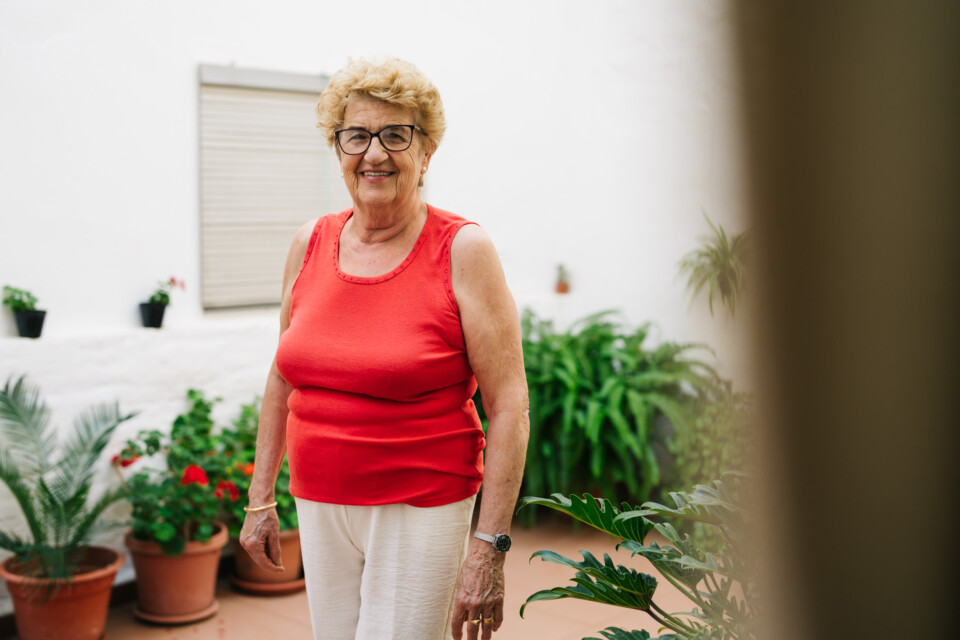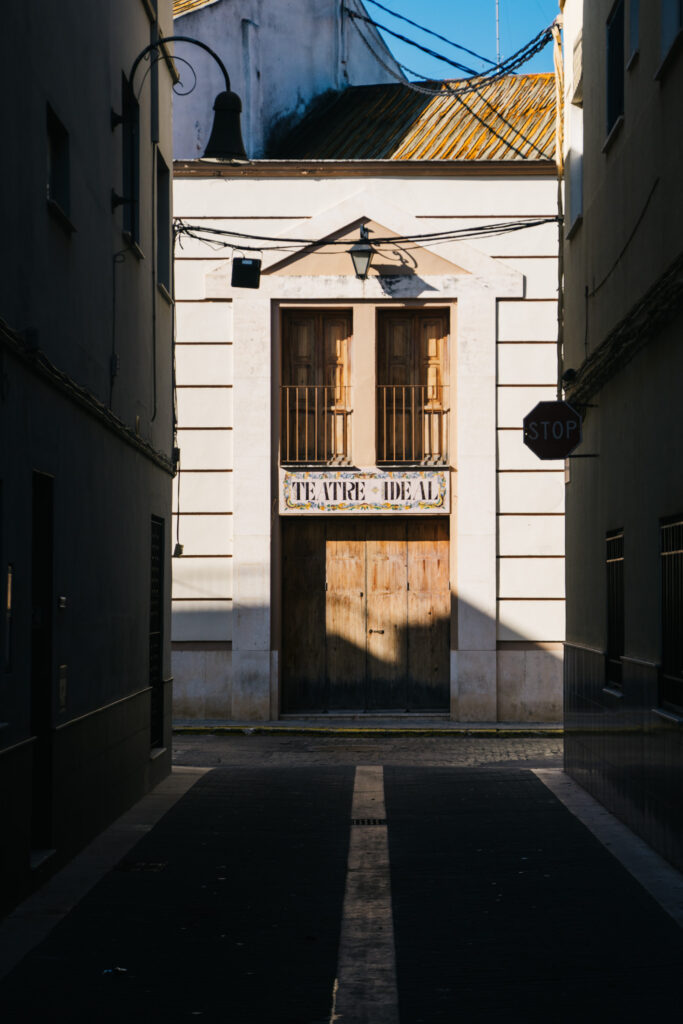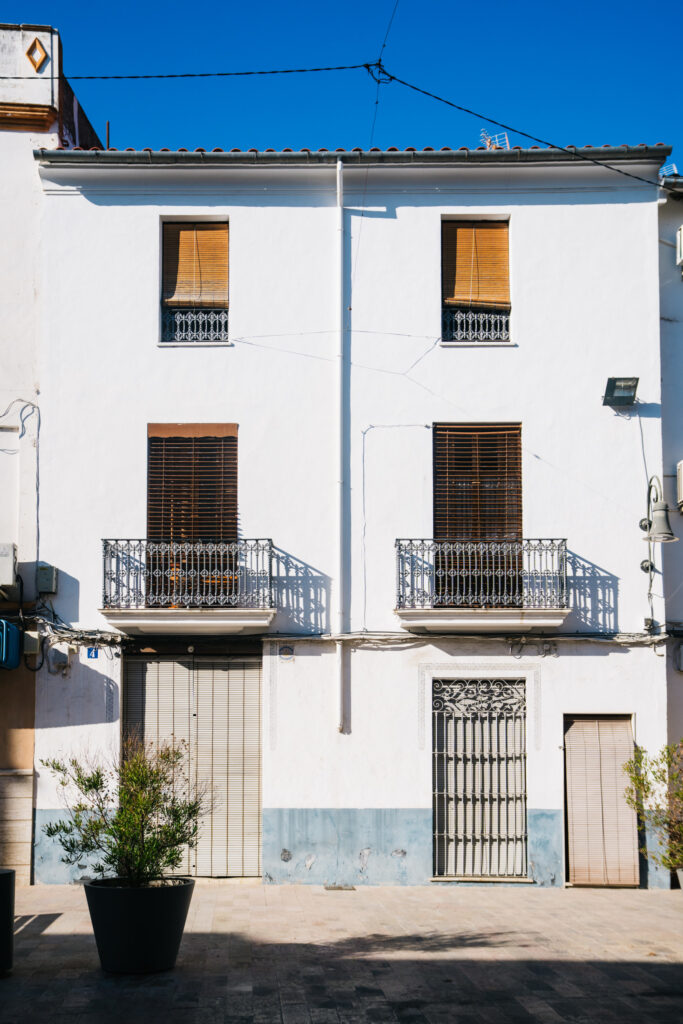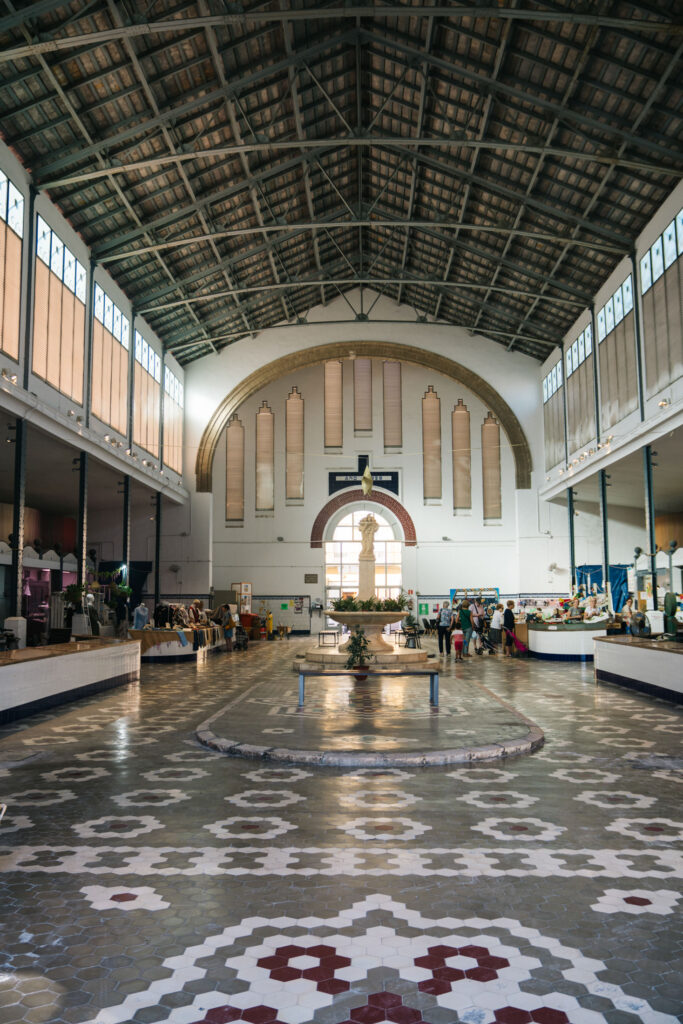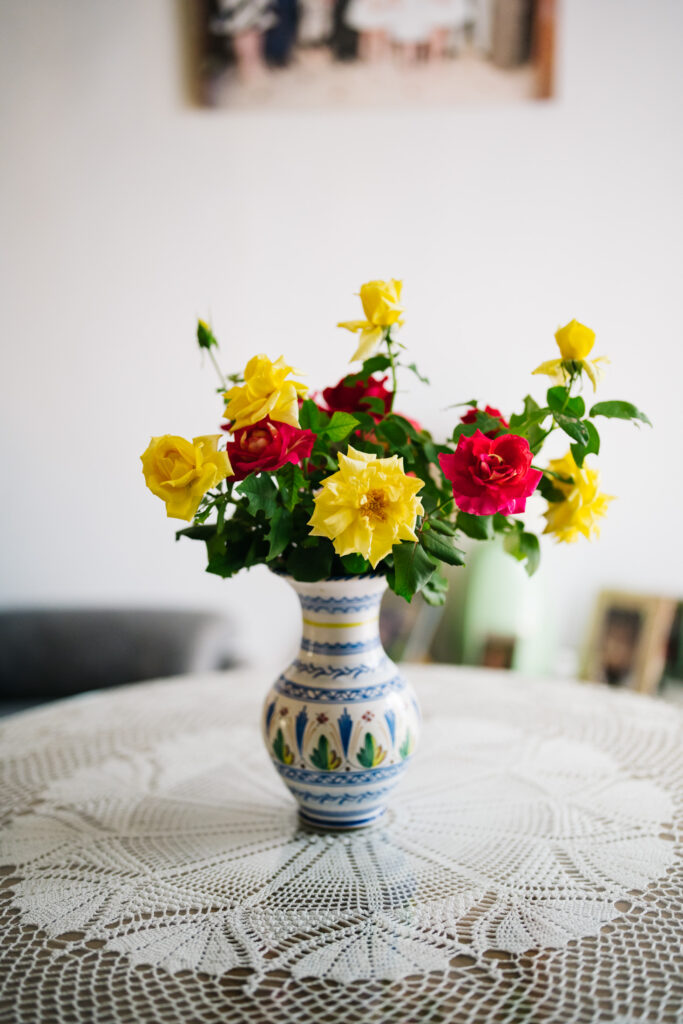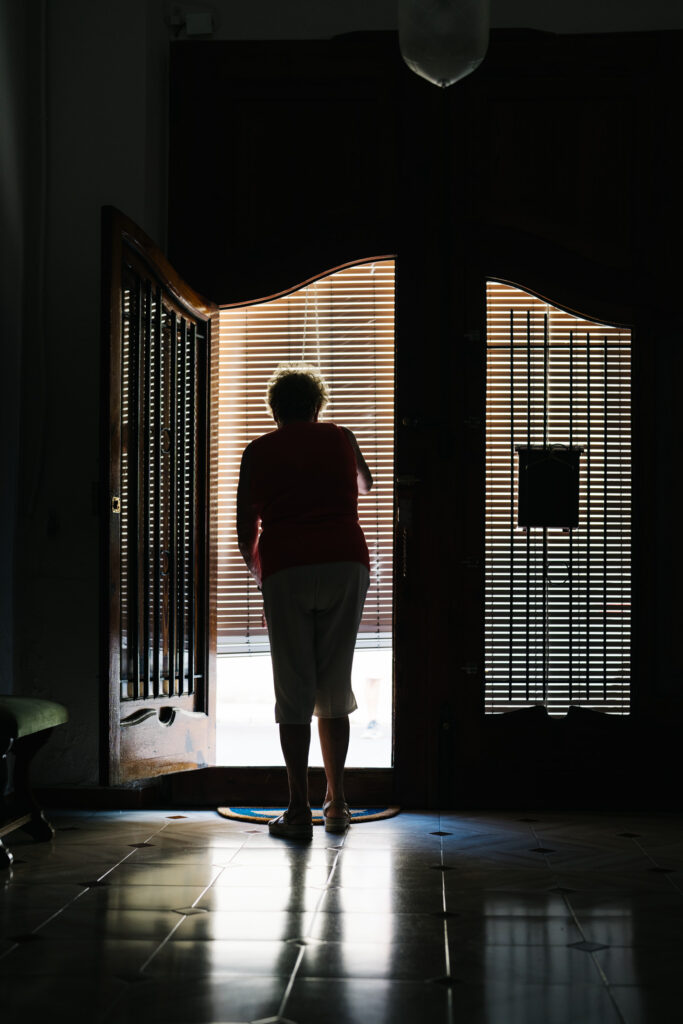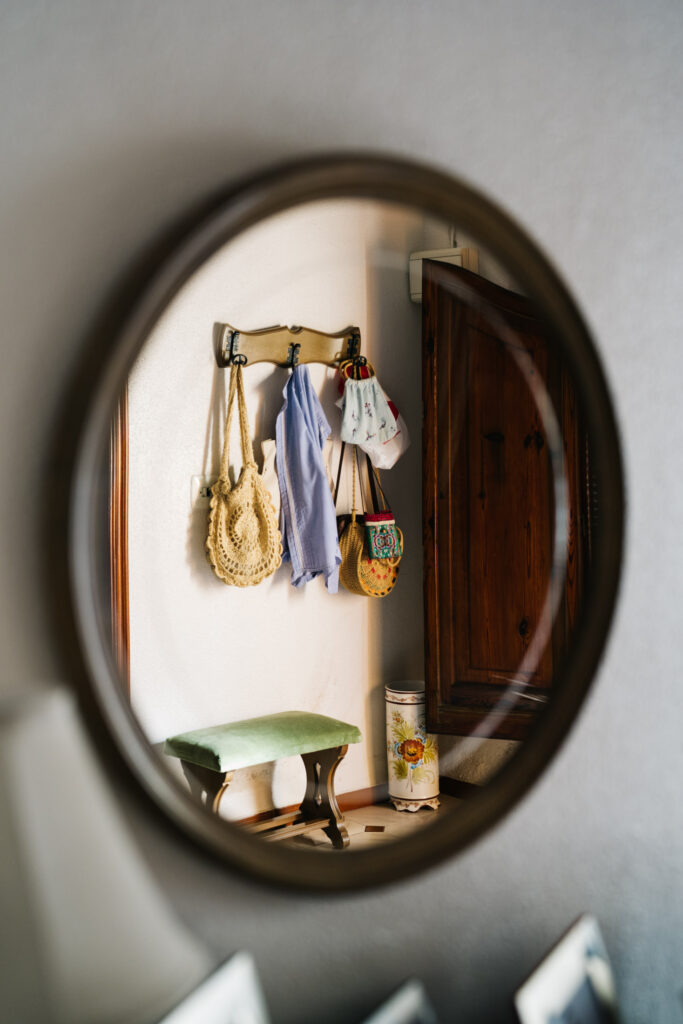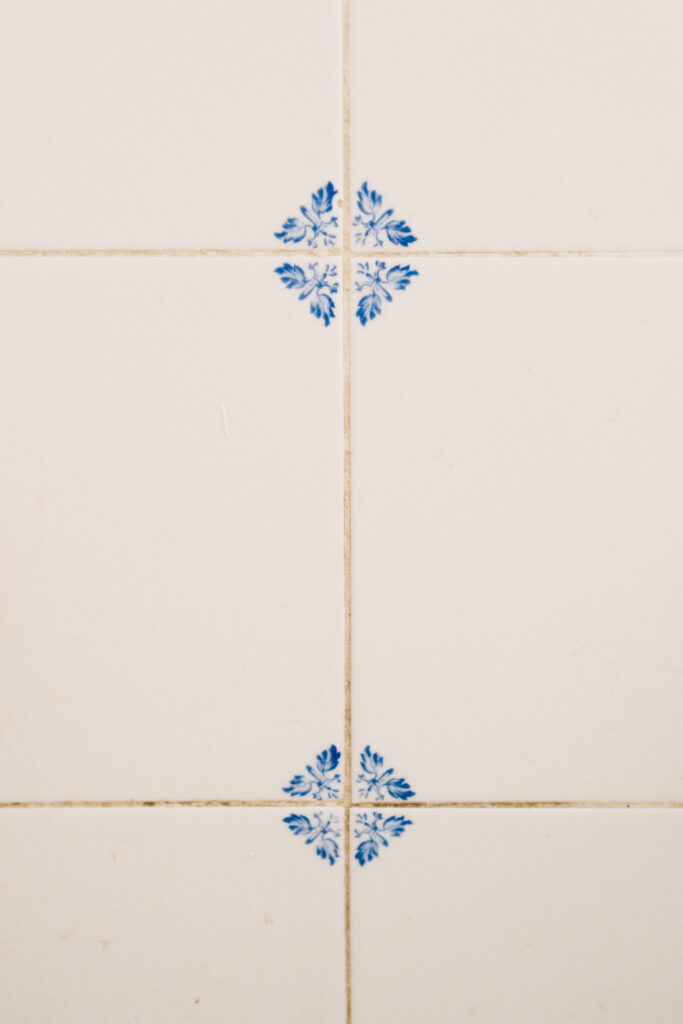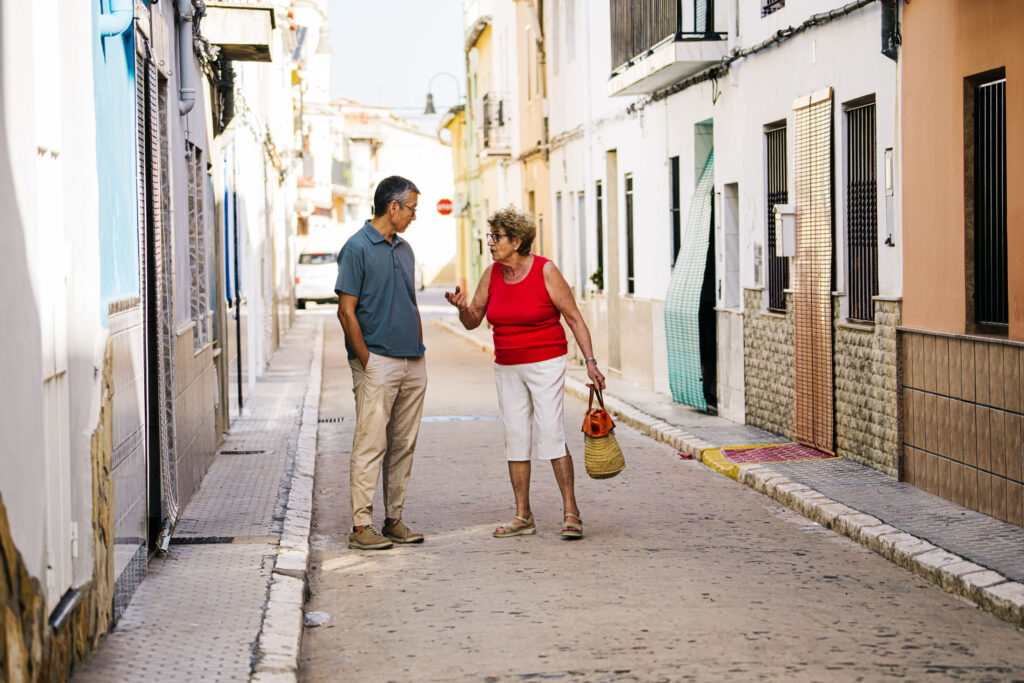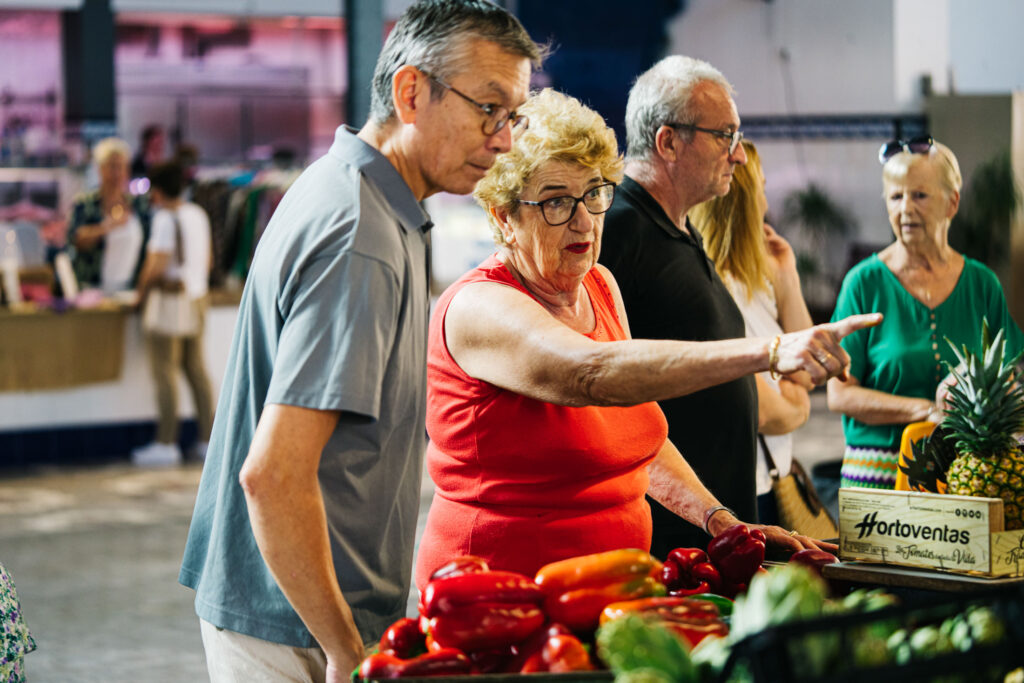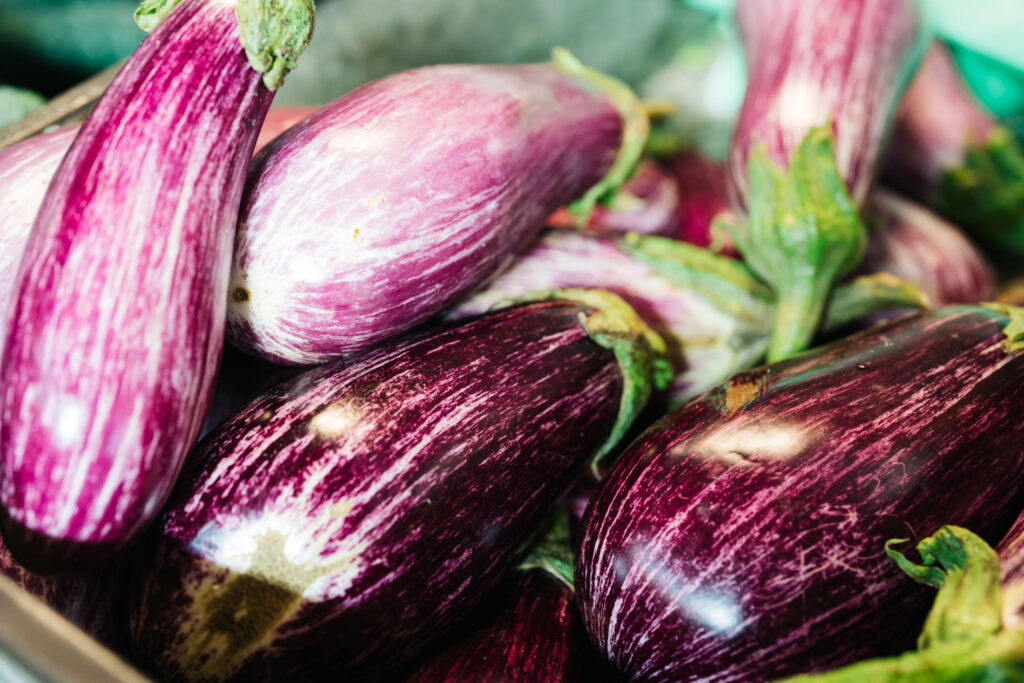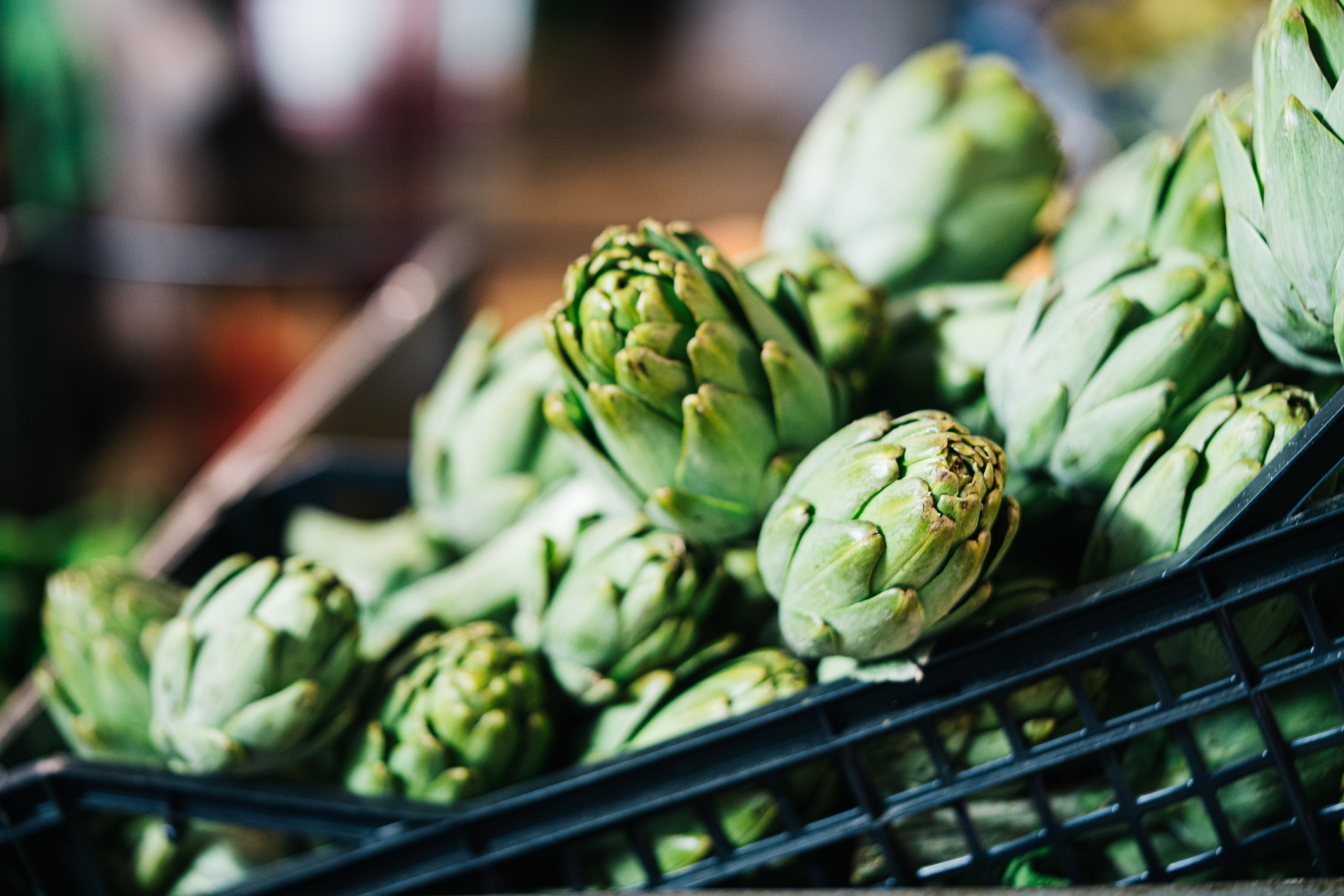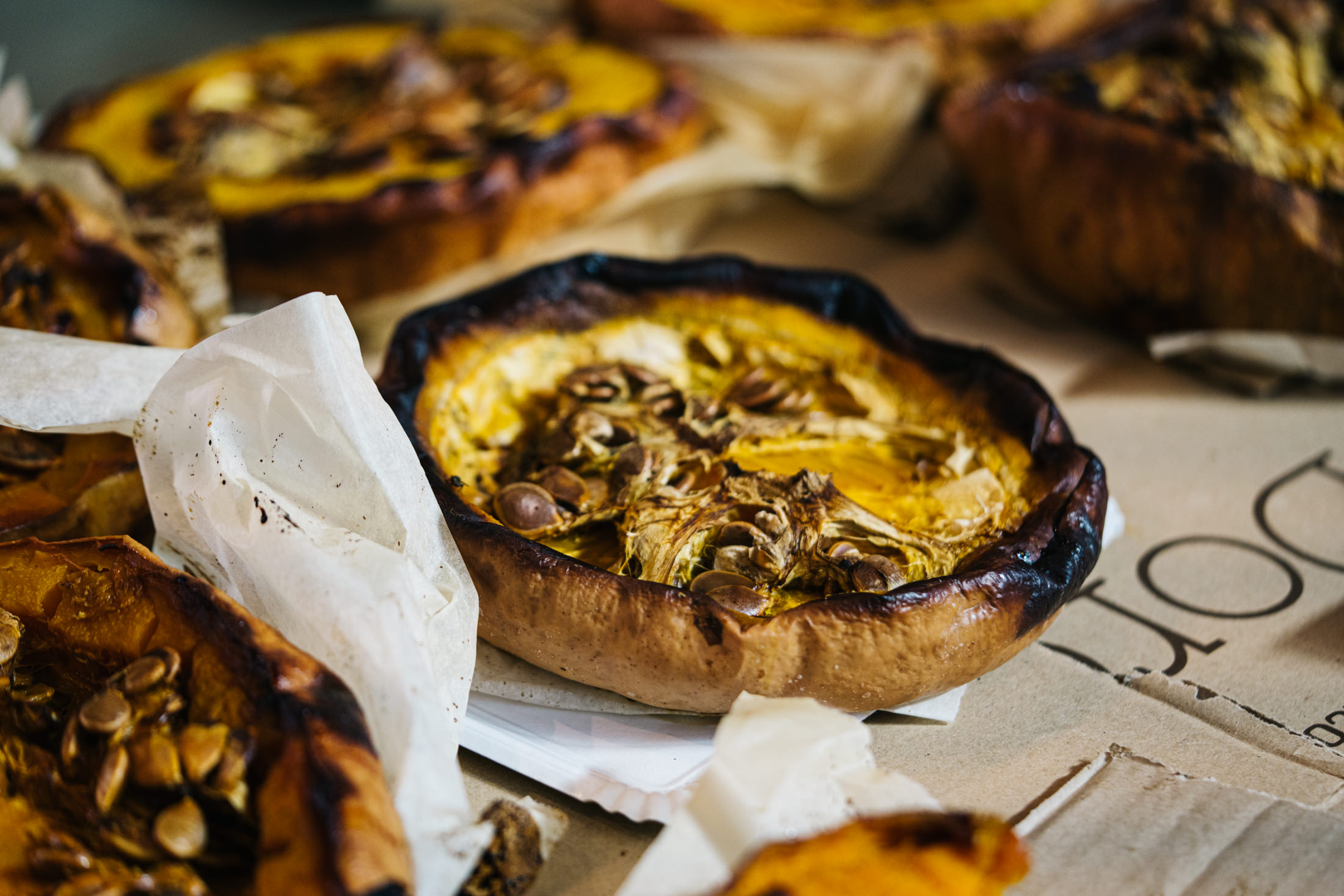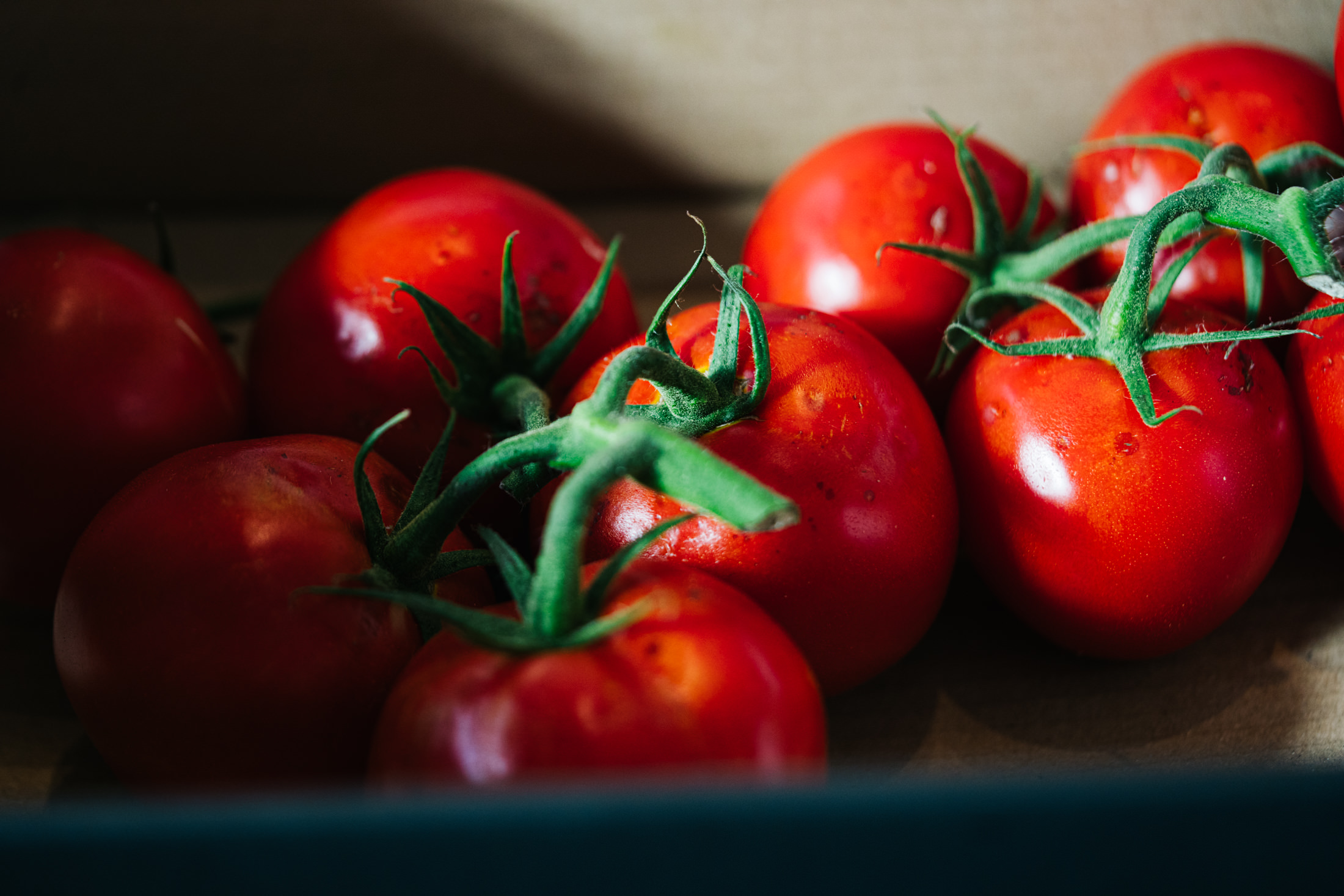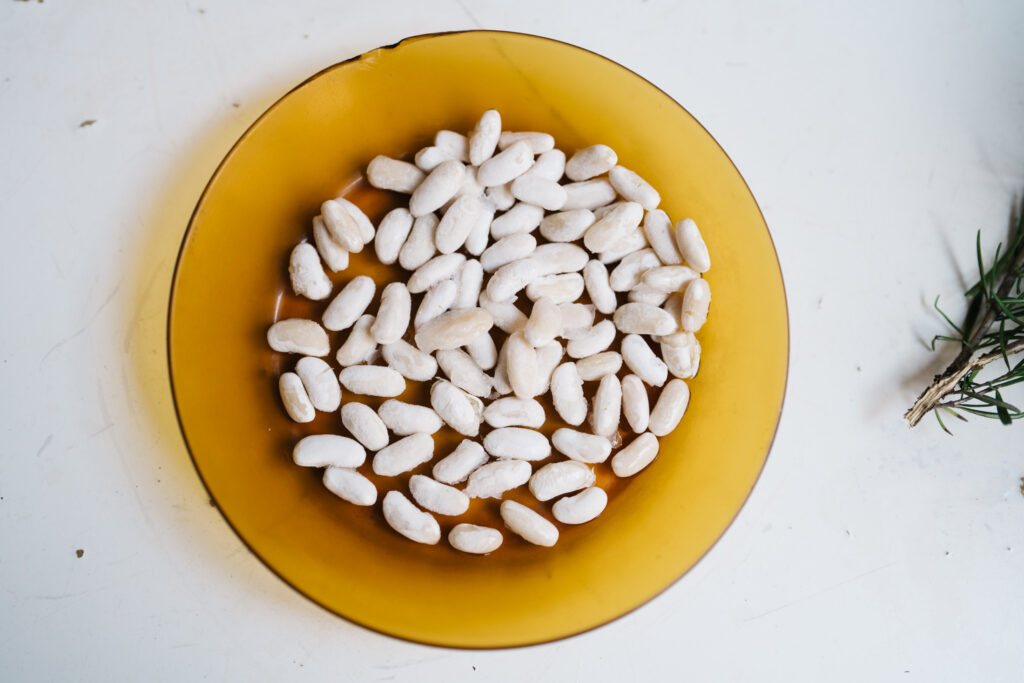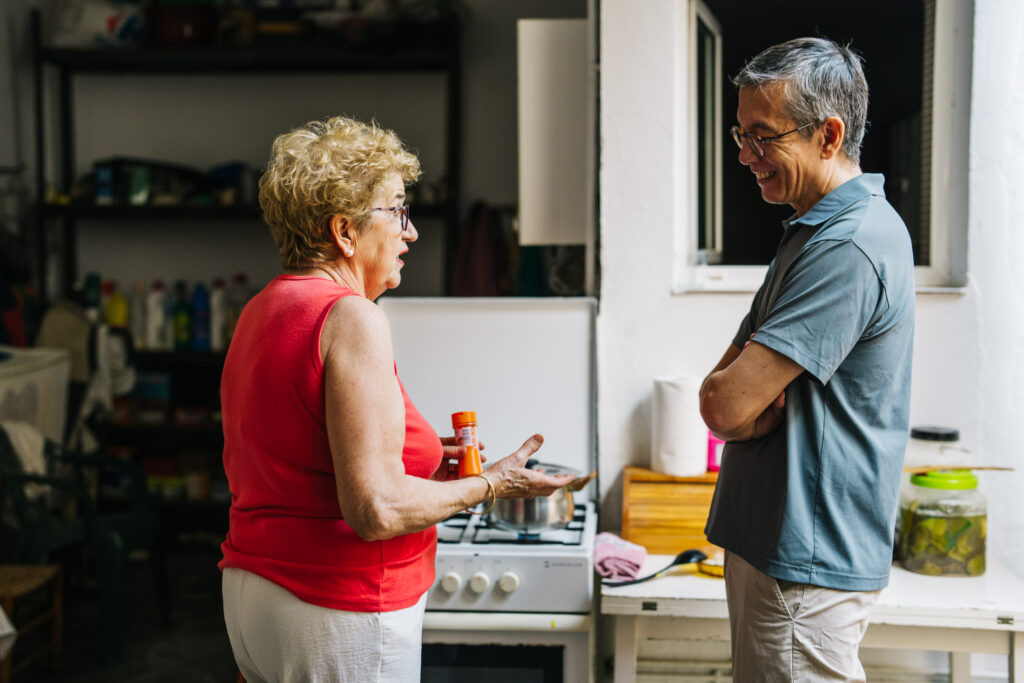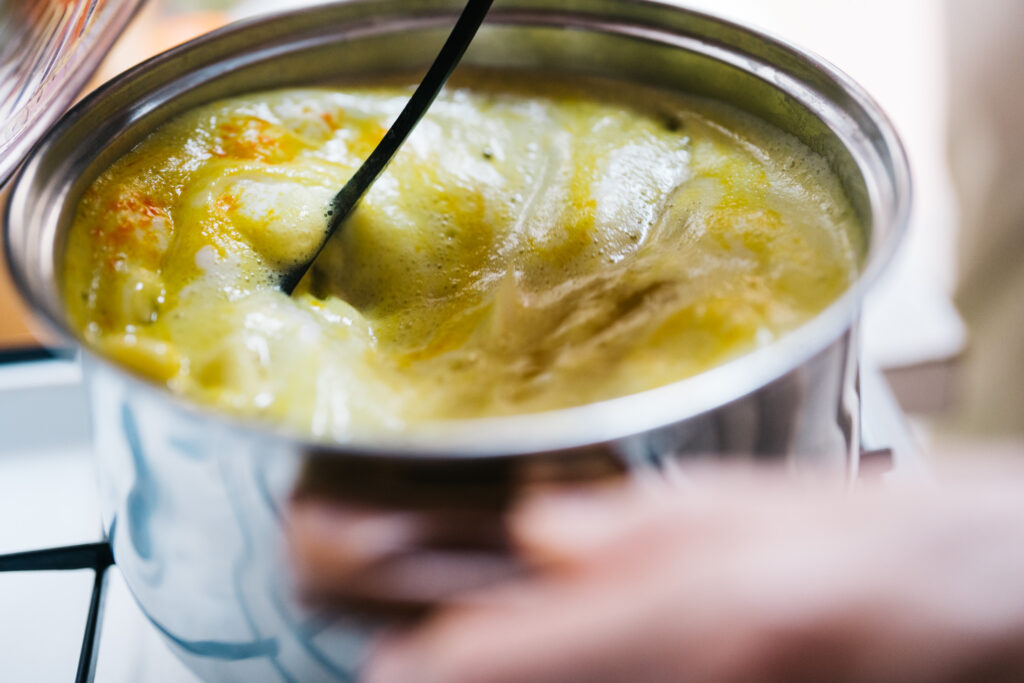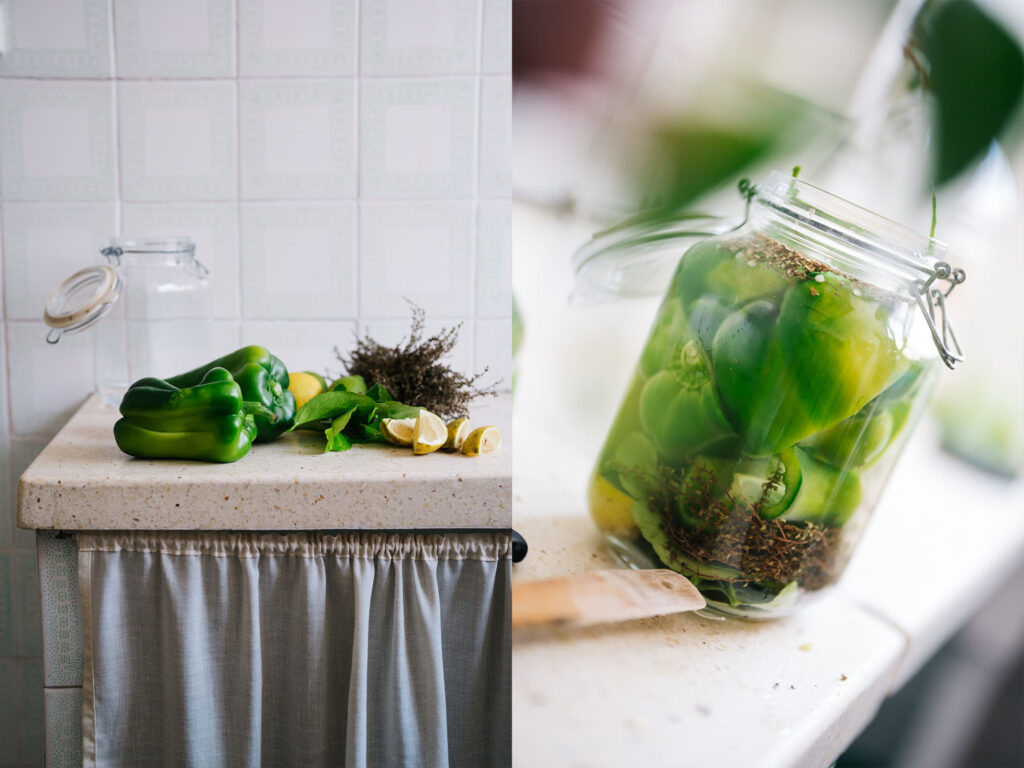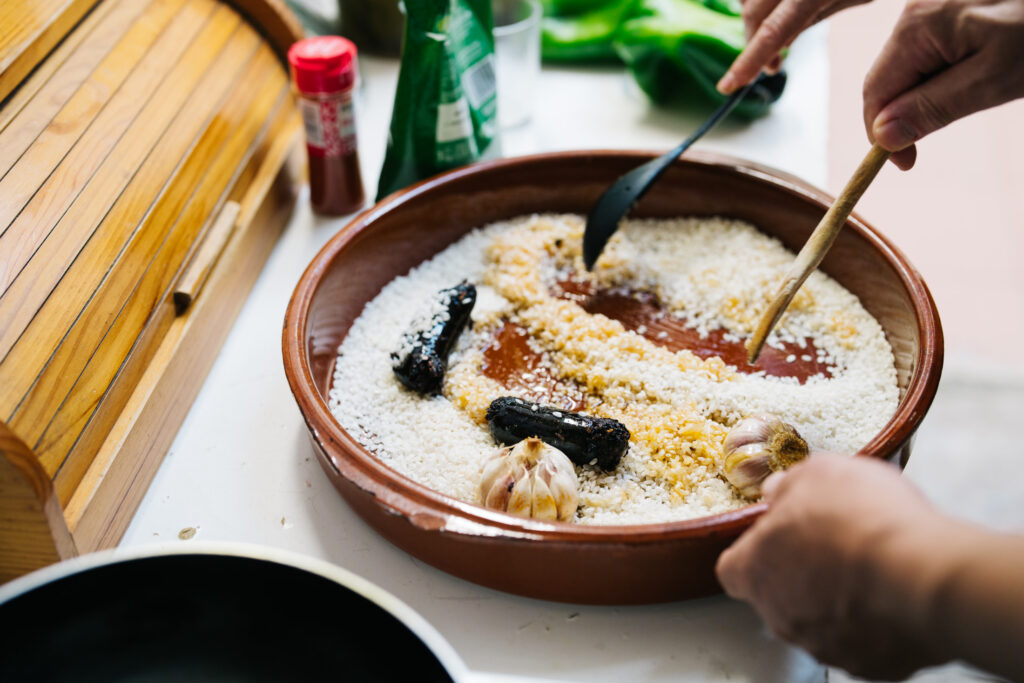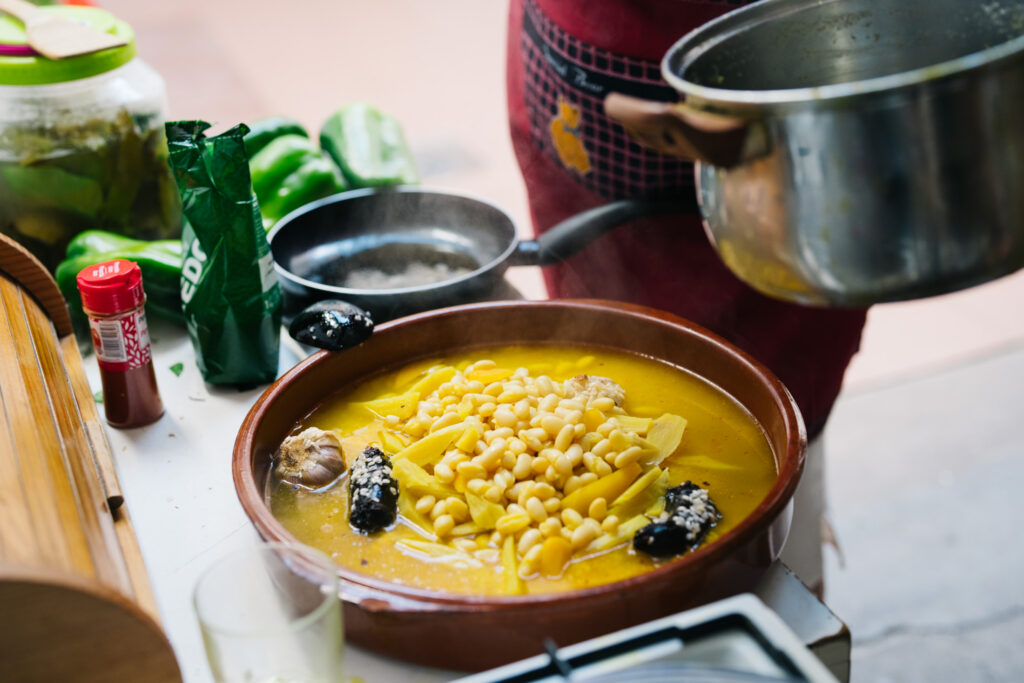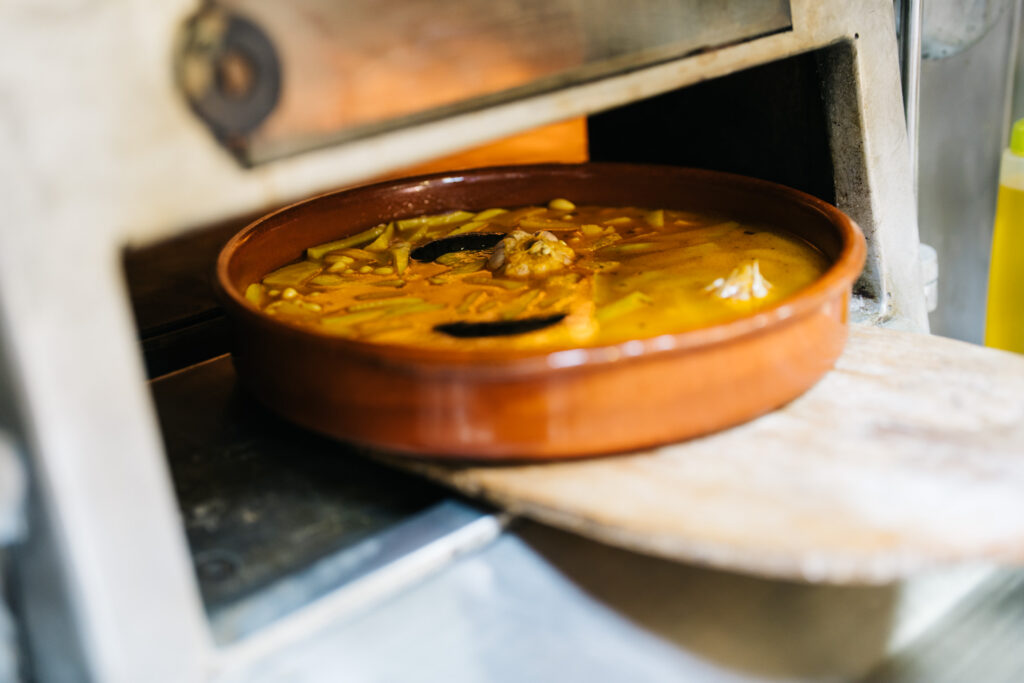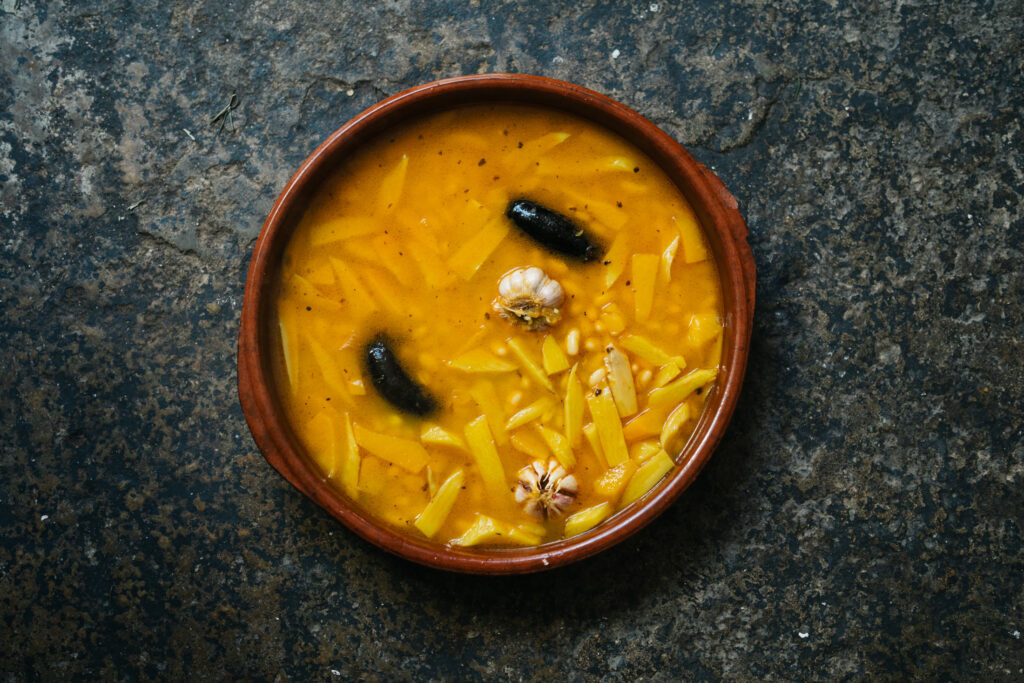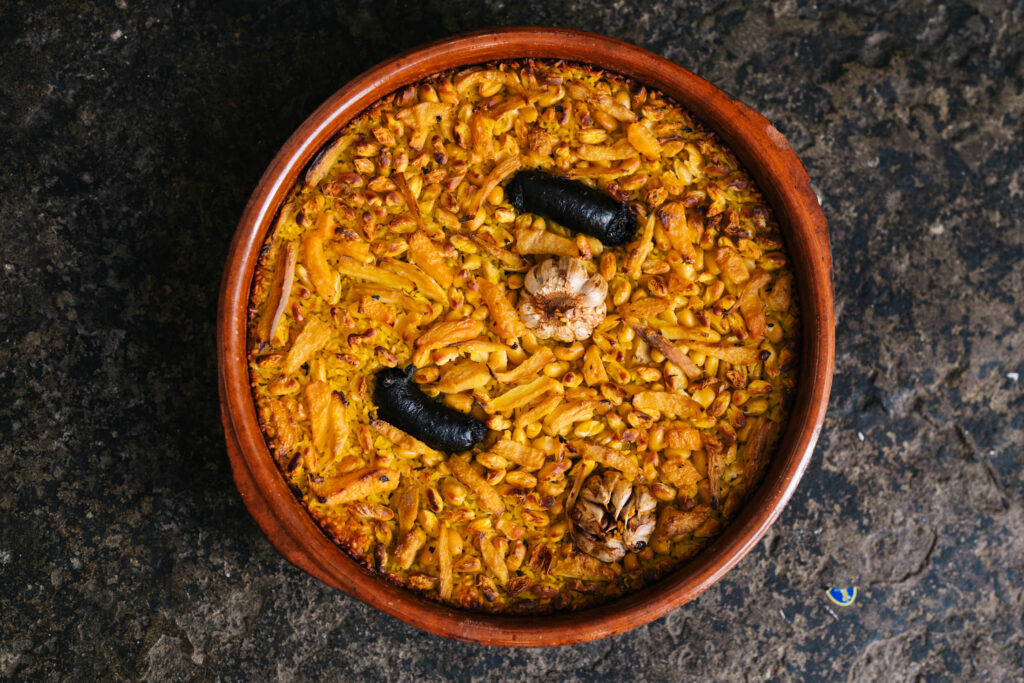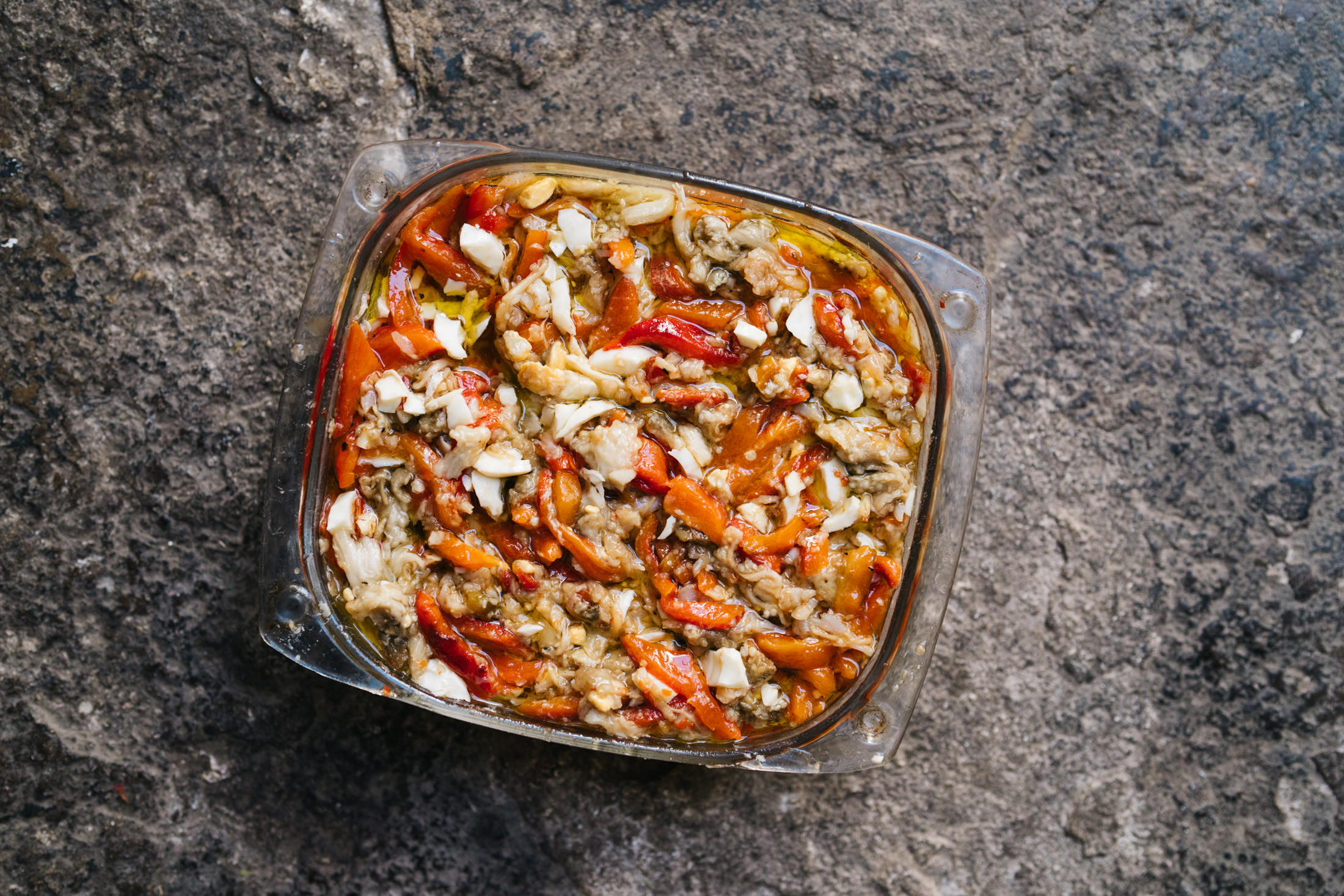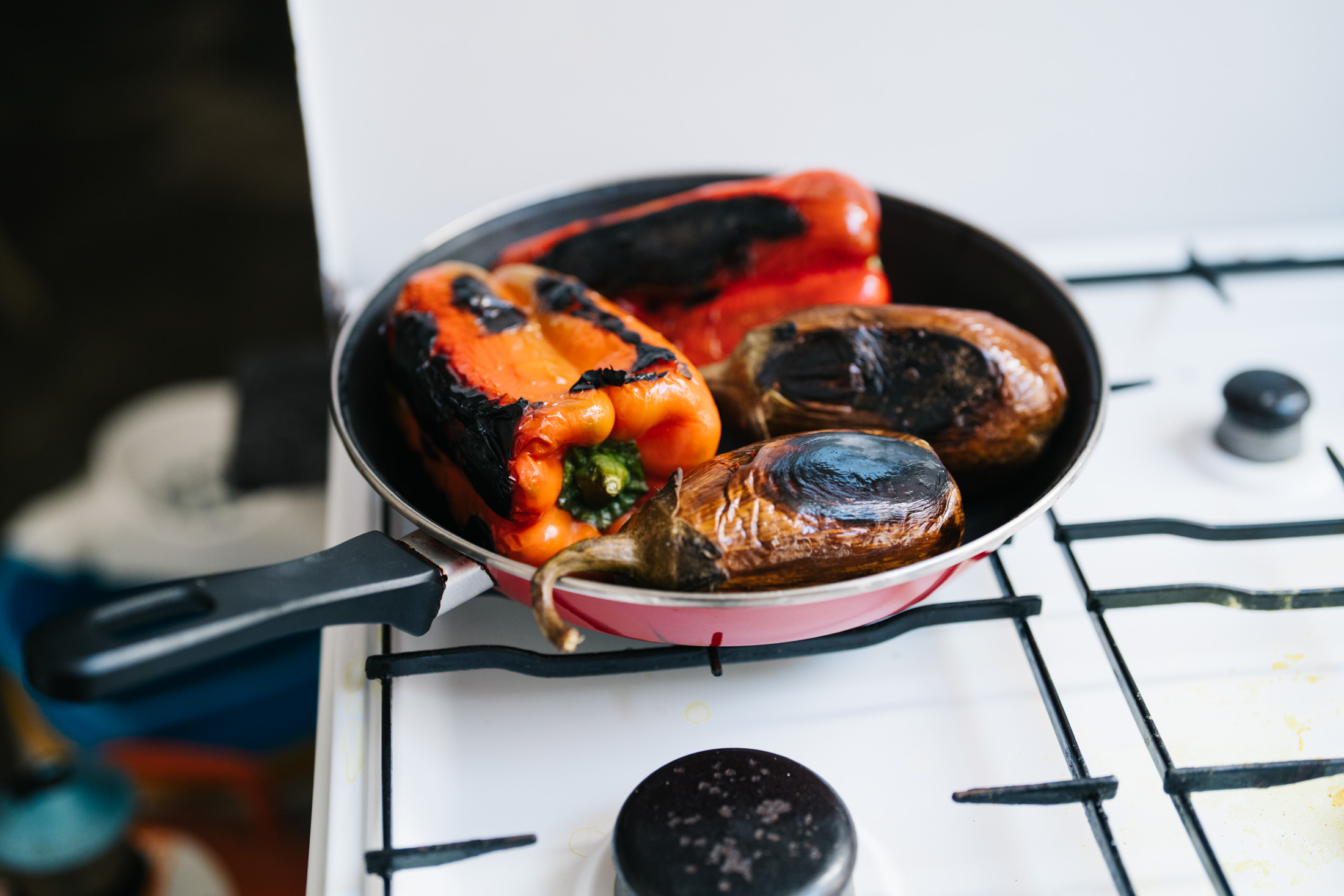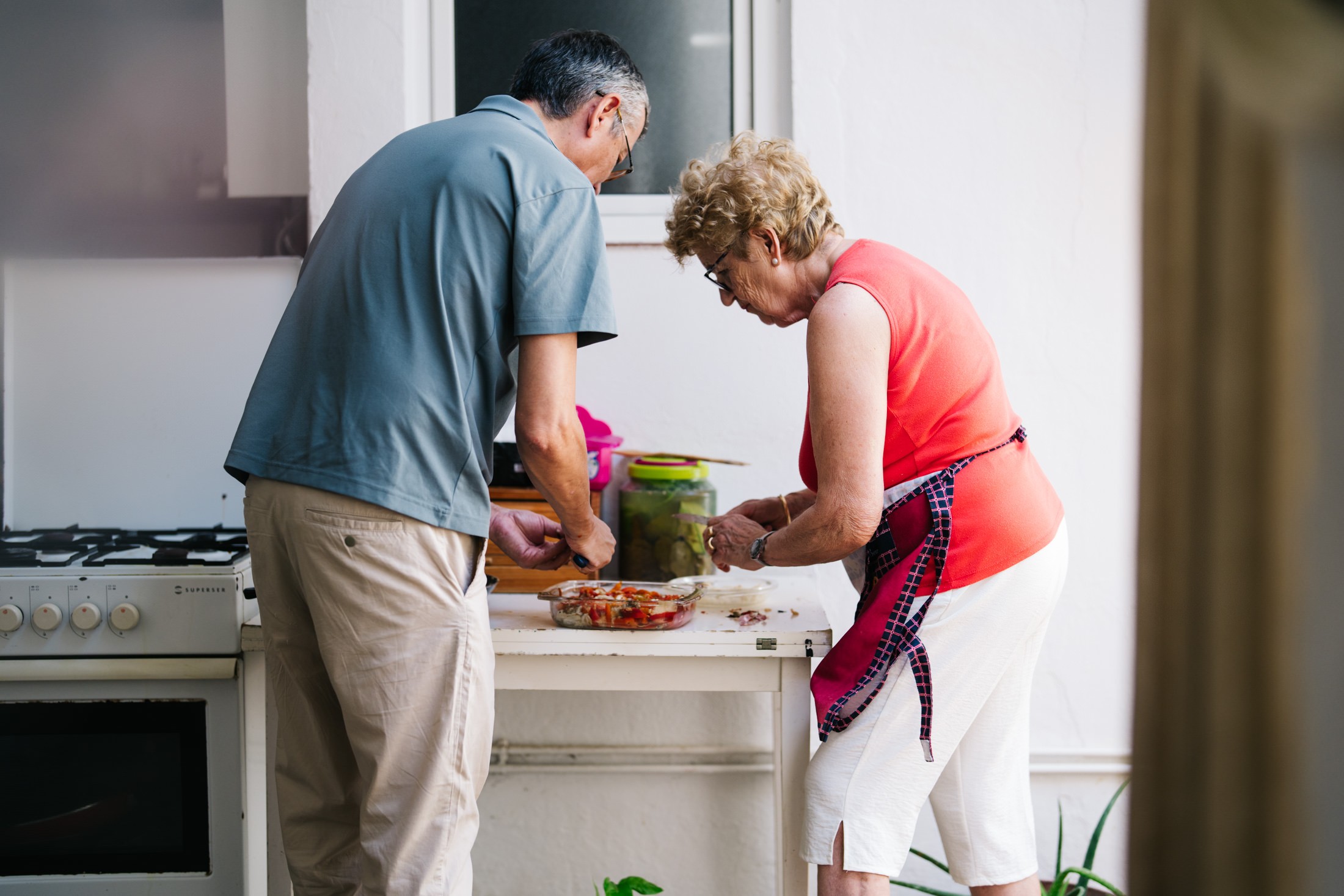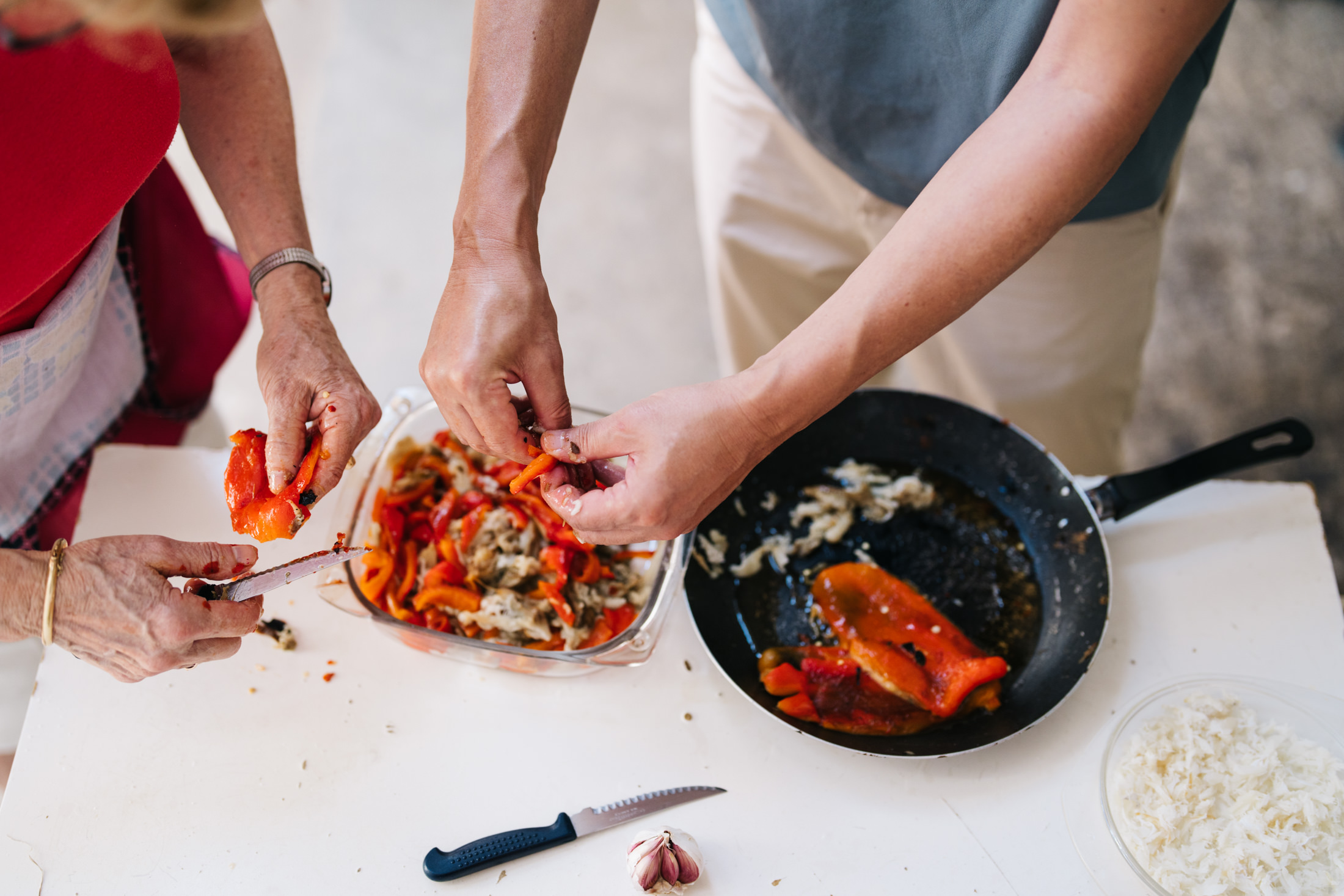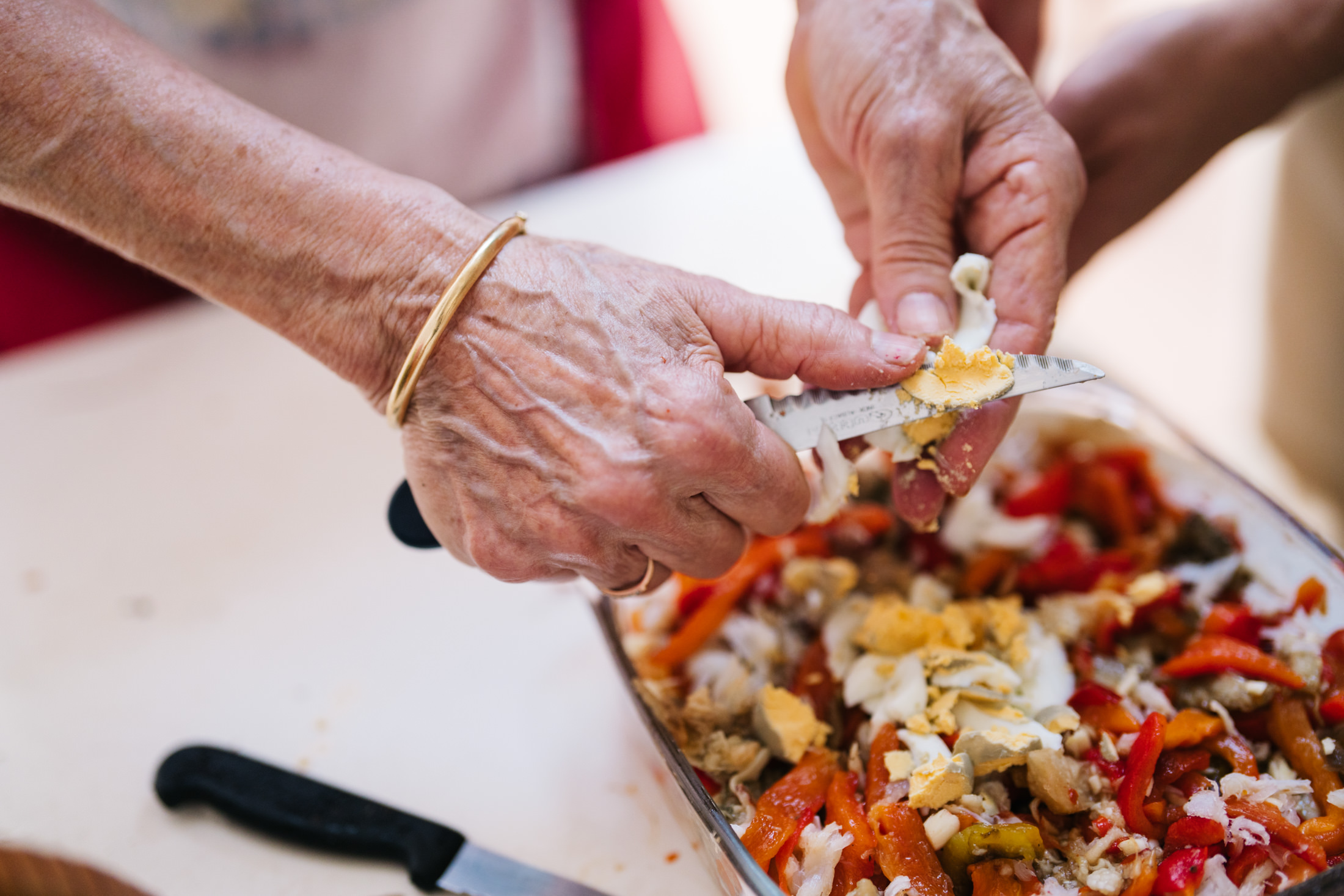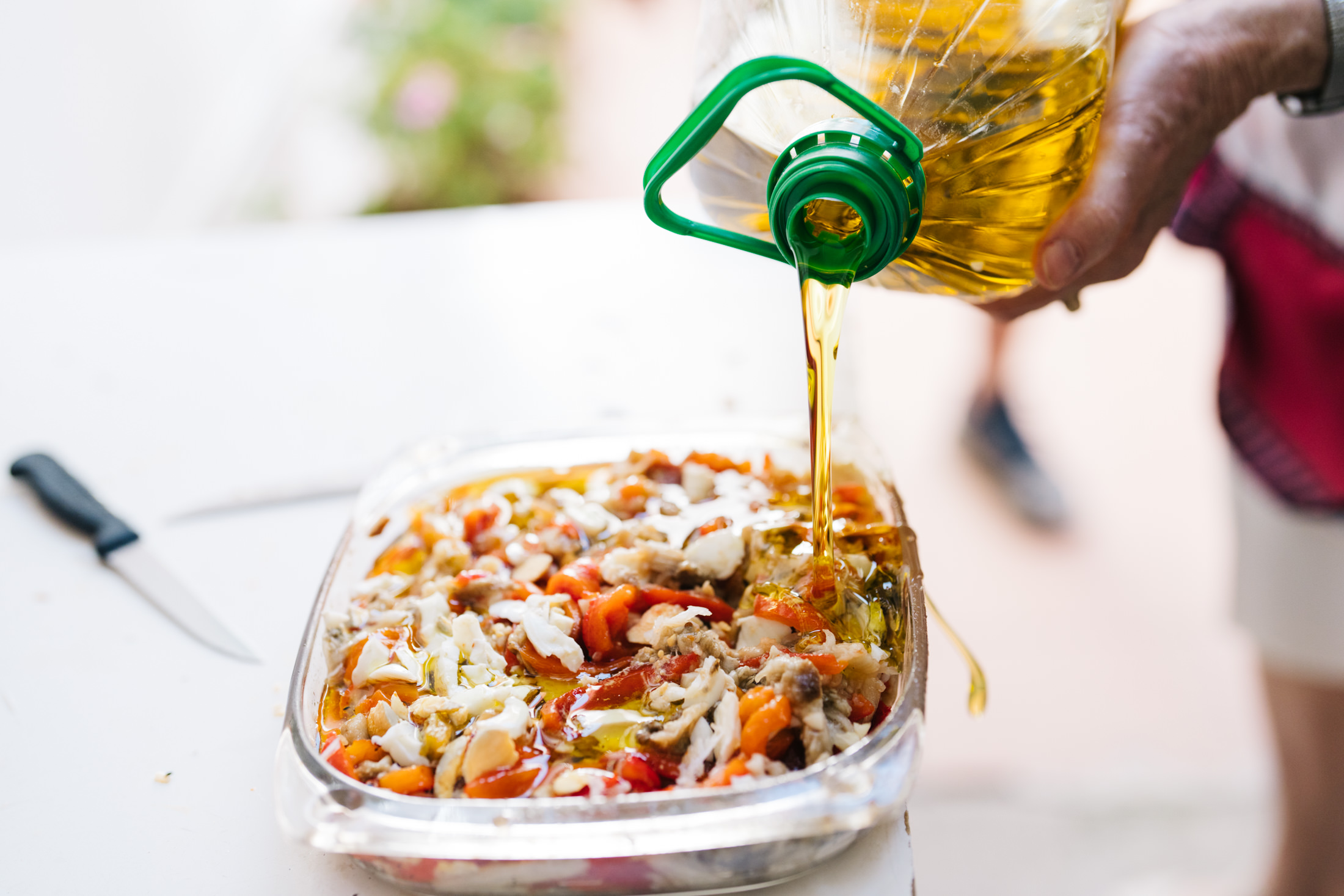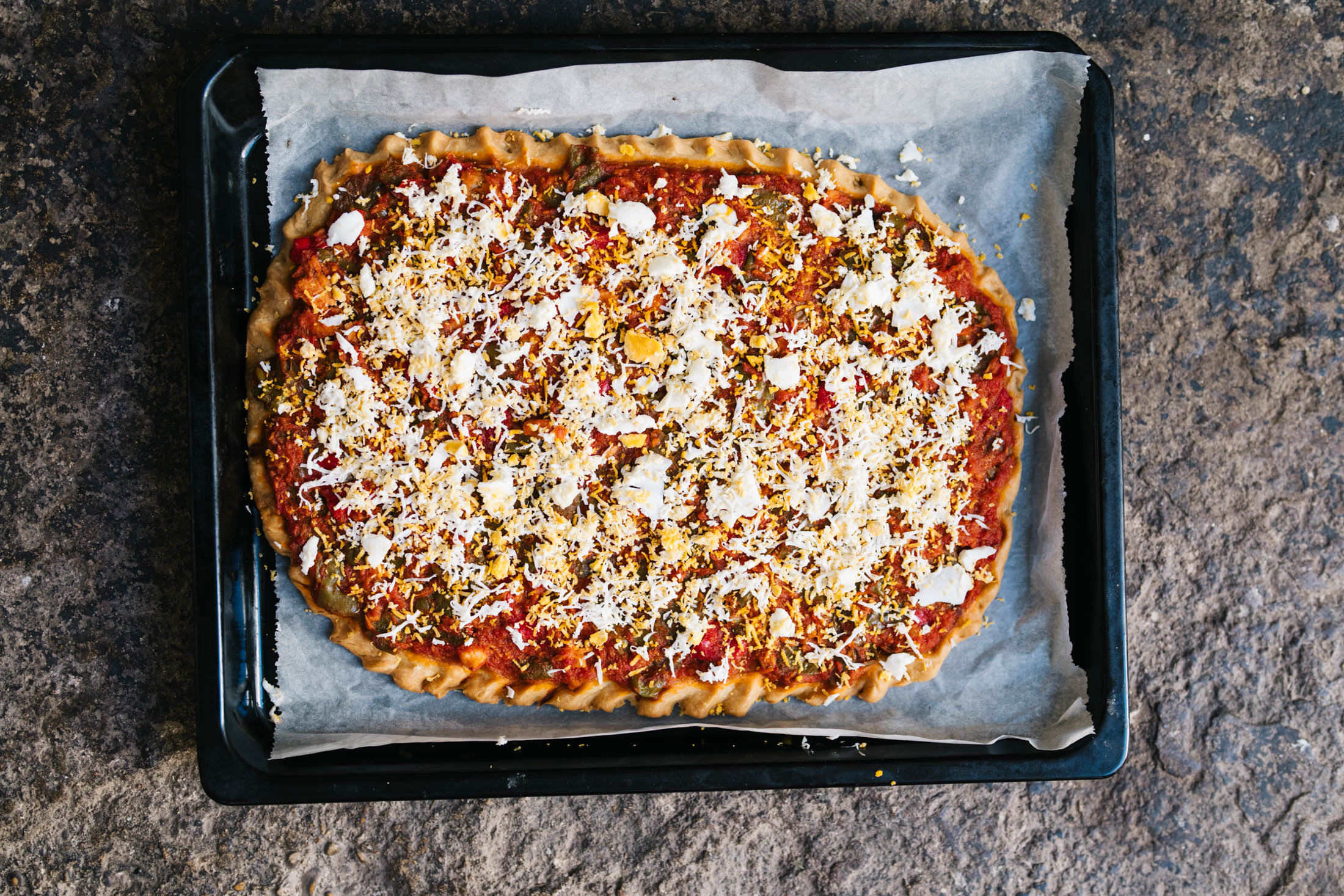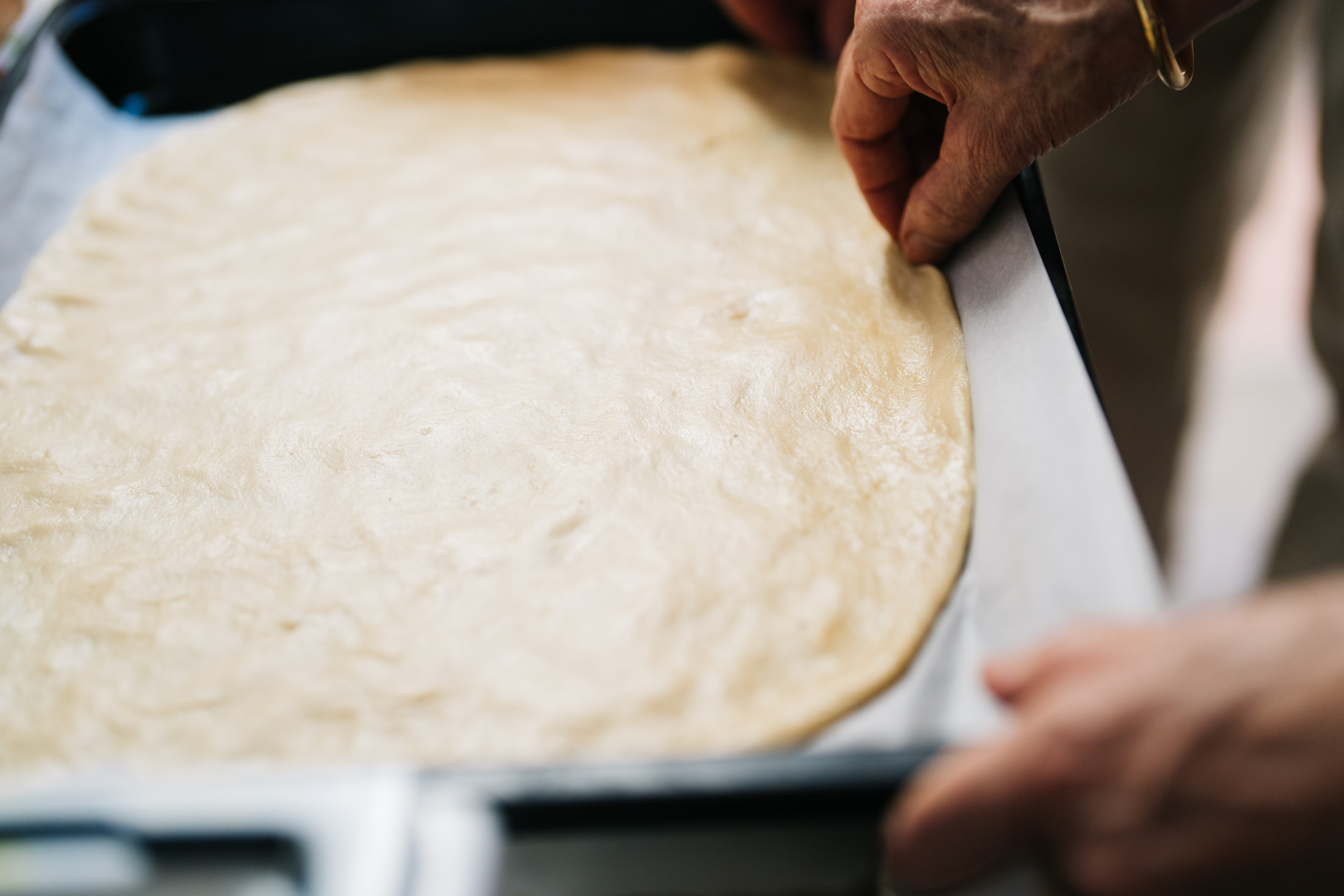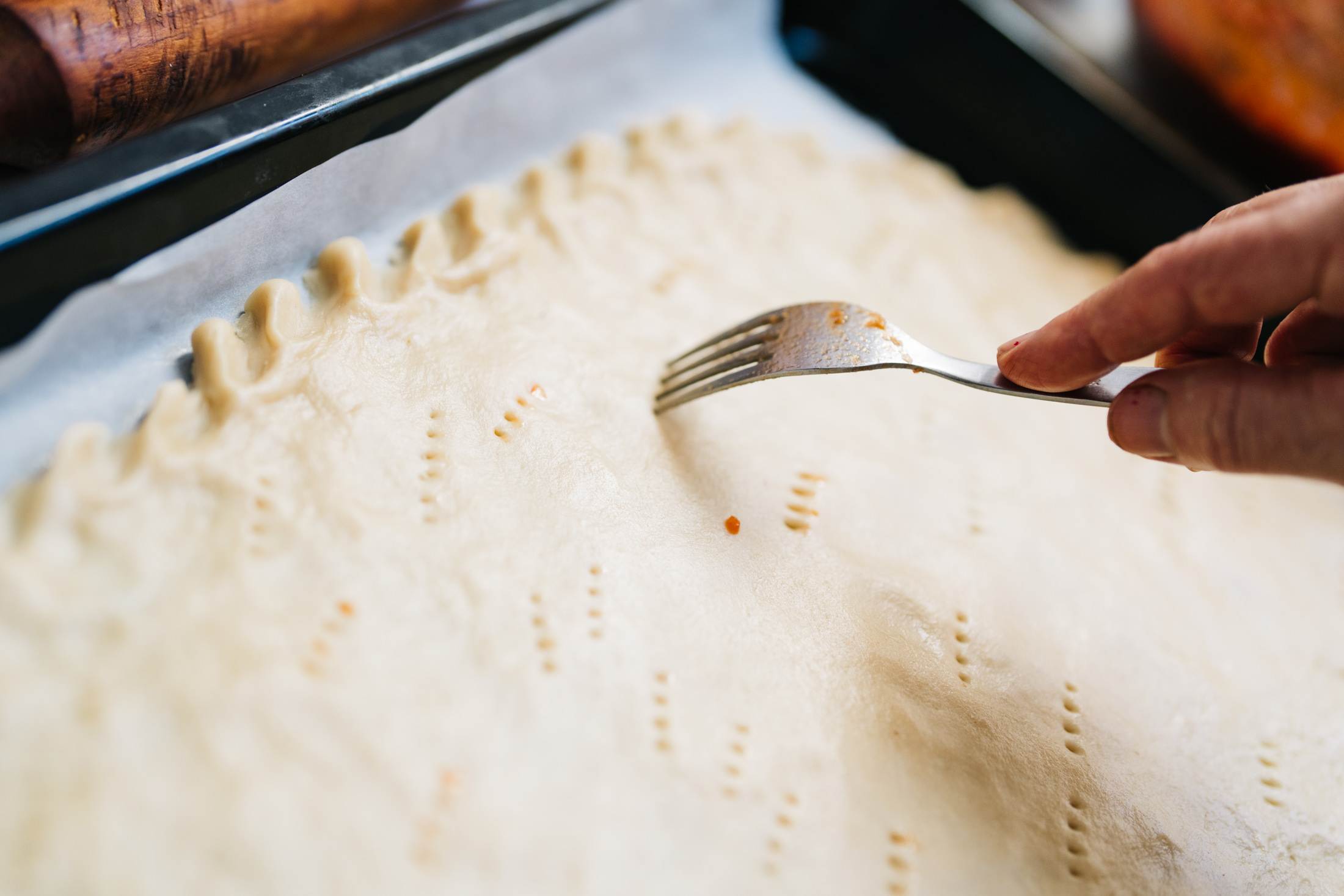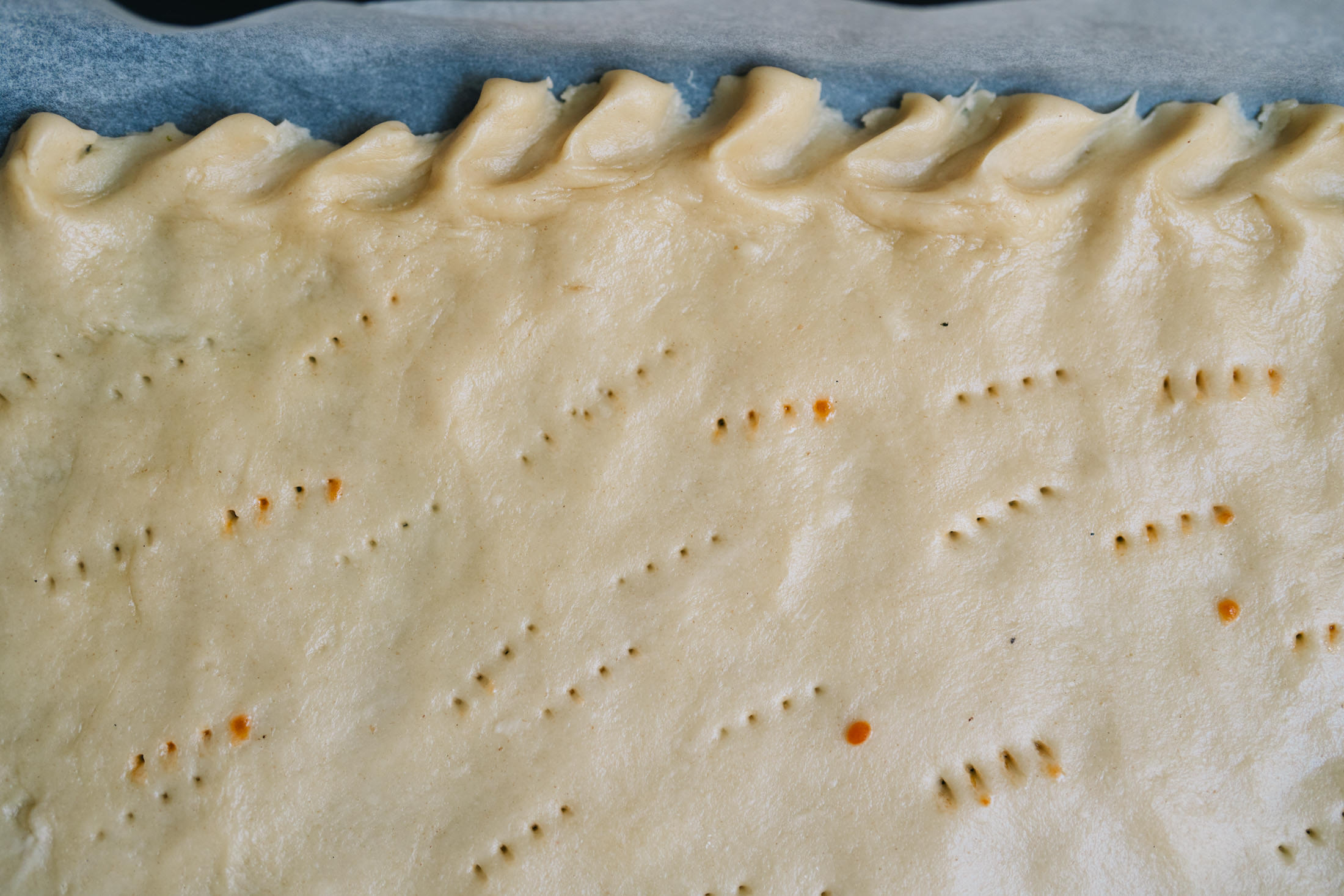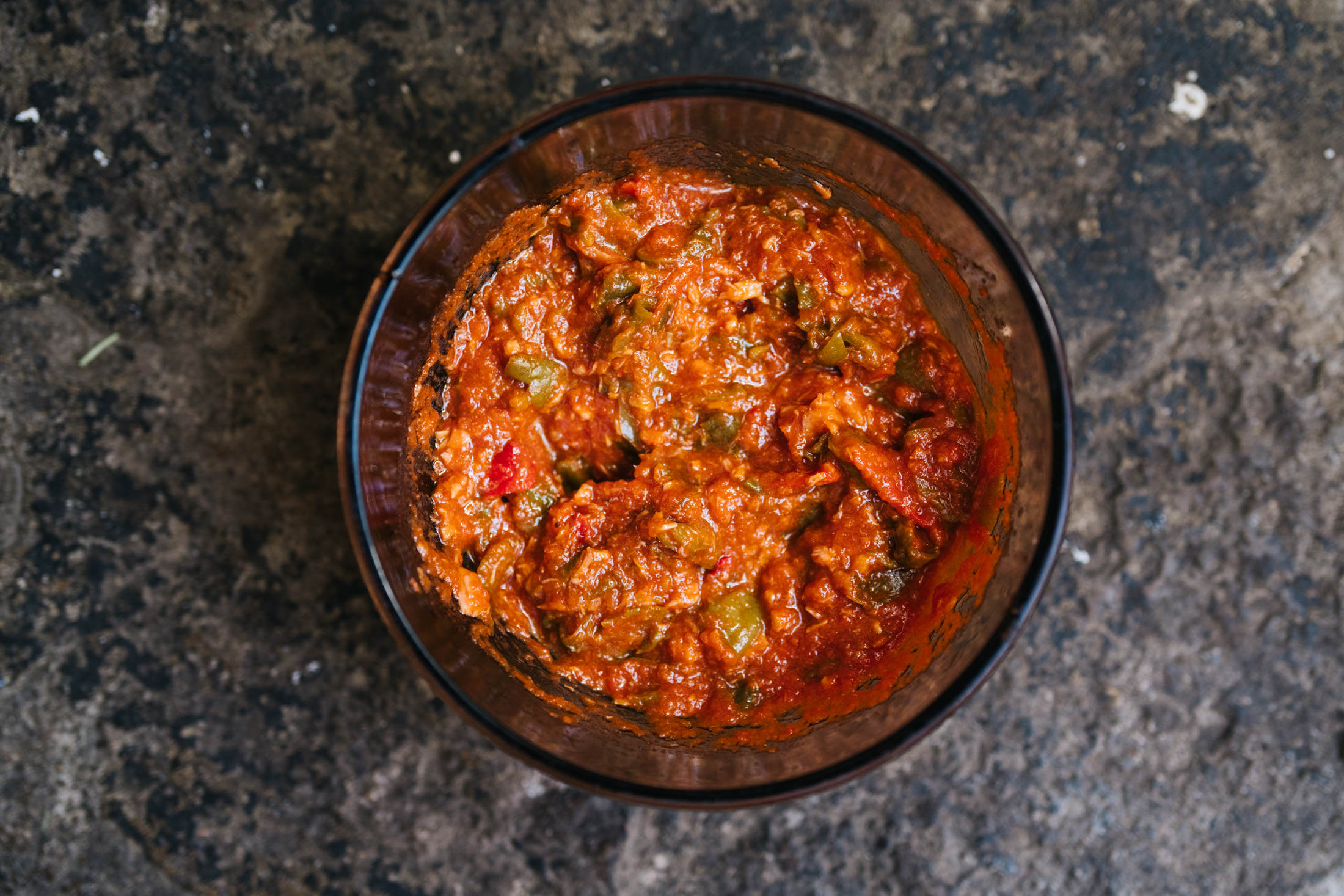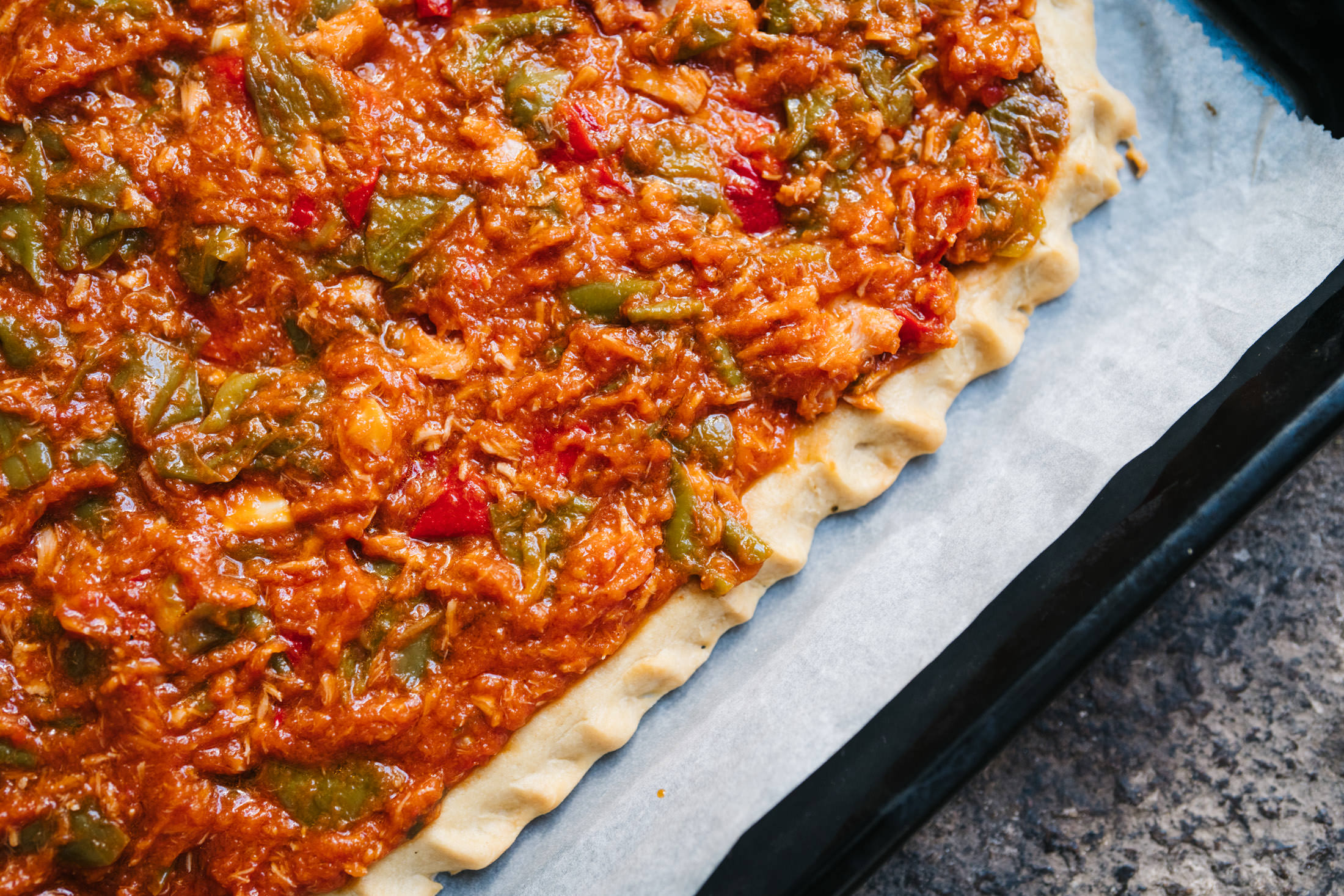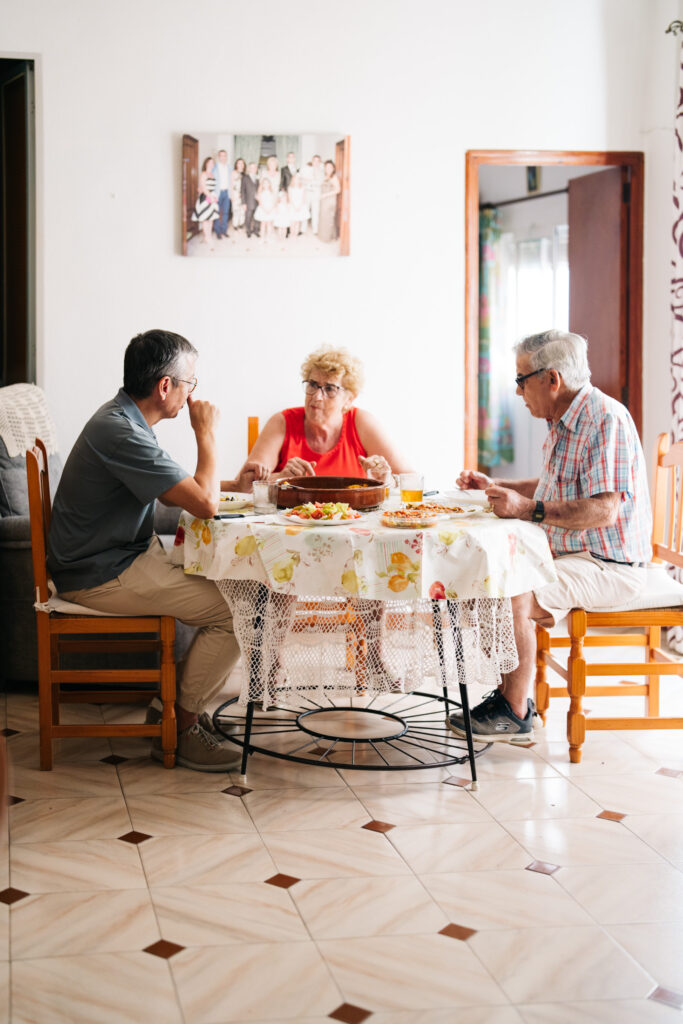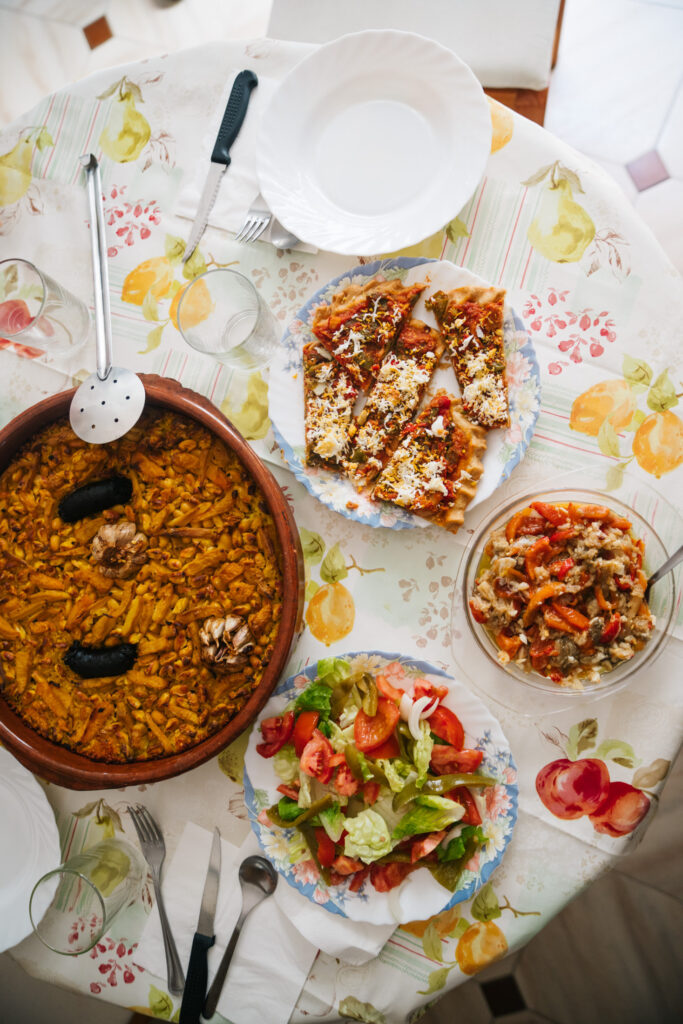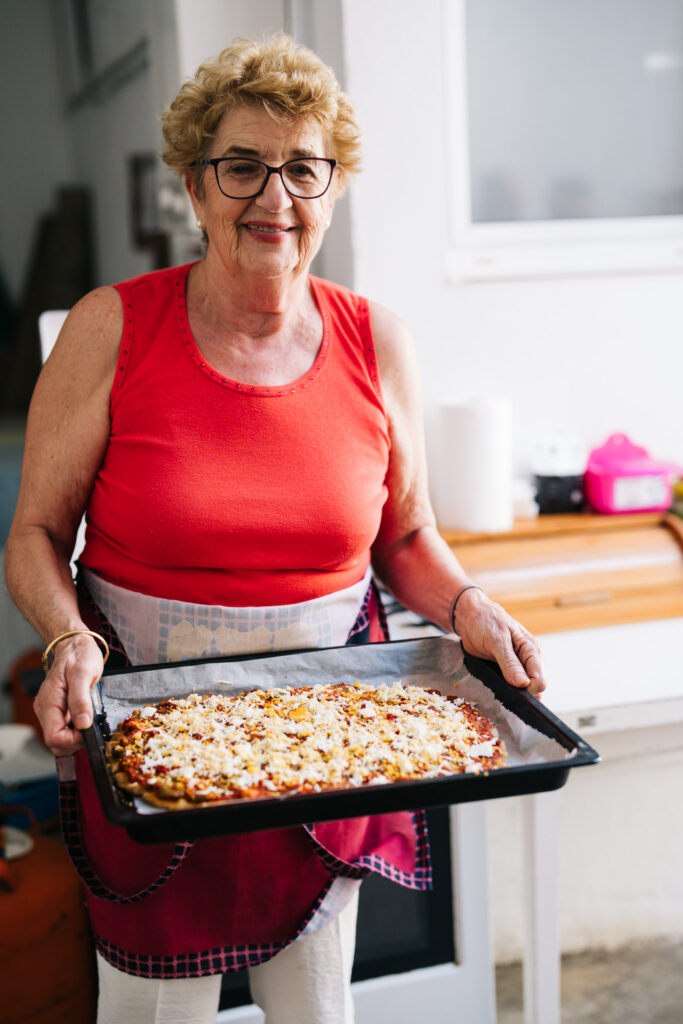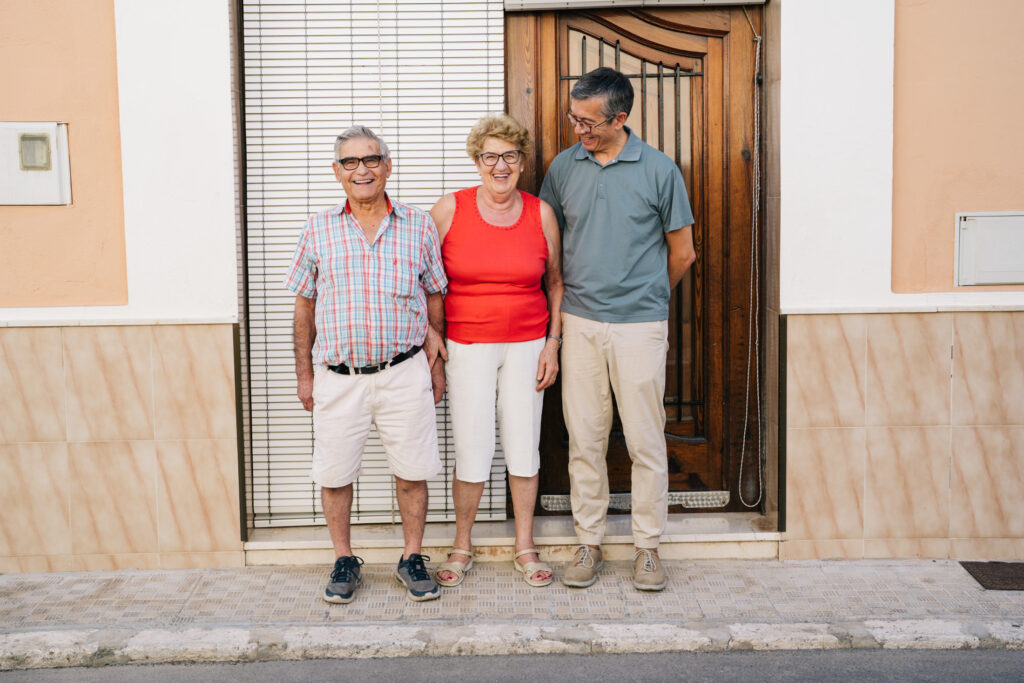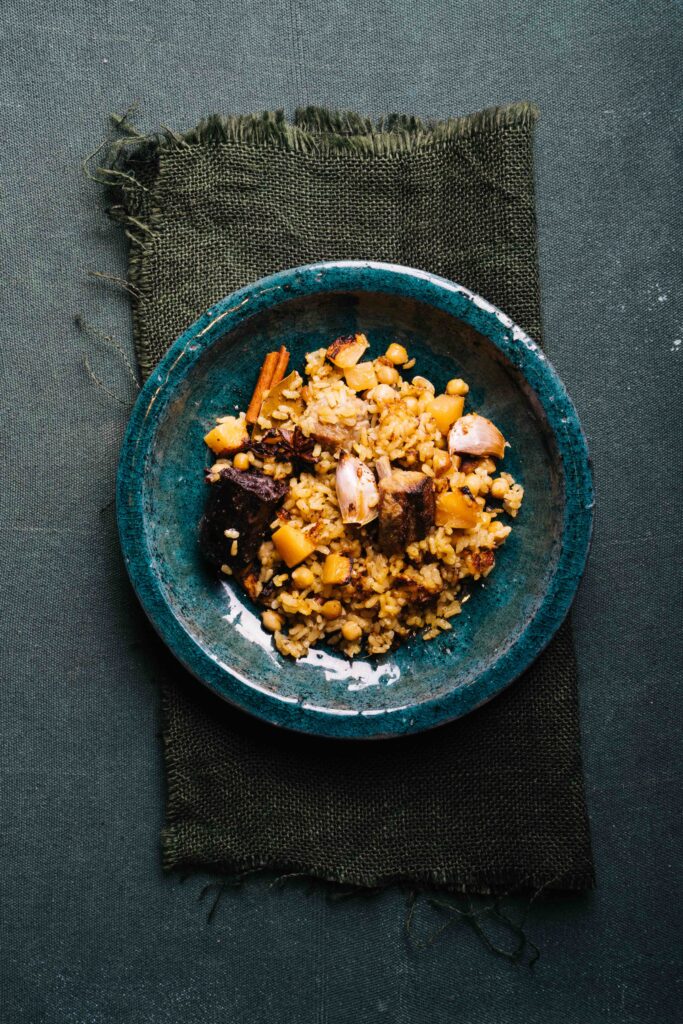Lolita Bellver
Castelló, 46270
” Like many mothers, she spends her weekends cooking for her 4 children and 5 grandchildren, who come back to the village to enjoy a putxero, gaspatxo manxego or paella…, dishes that remind them of their childhood growing up in this welcoming village home.”
Decolonial food at Ma Khin Café adapts southeast Asian cooking to local Mediterranean produce. But it is also about sharing the know-how that enables us to give new life to traditional Valencian dishes. In Burma we cooked a decolonial paella for our hosts using ingredients from local markets: neem flowers and locally grown beans (whose Burmese name escapes me) replaced artichokes and the traditional Valencian garrofón. When I came home to Valencia, that experience encouraged me to take a new decolonial look at traditional local dishes.
We chose Castelló because it is the village where our photographer, Aitor Garrigues, was born. His aunt and uncle, Lolita and Eugenio, still live there. Lolita is a lovely woman whose cooking practice is deeply rooted in the area. Like many mothers, she spends her weekends cooking for her 4 children and 5 grandchildren, who come back to the village to enjoy a putxero, gaspatxo manxego or paella…, dishes that remind them of their childhood growing up in this welcoming village home.
Lolita is preparing her signature dishes in our honour: tuna coca, salmorra, esgarraet and arròs amb fessols i naps.
In exchange, we have promised to share with her the results of our decolonial experiments inspired by this encounter. As is often the case in small villages, everyone knows each other in Castelló, so the arrival of a team of photographers and an outsider sparks a lot of interest. I went with Lolita to the market, a building in the Valencian art nouveau style dating back to 1928 that reminds me, though on a more modest scale, of the Colón Market in Valencia. On the way to the market Lolita stops to greet the neighbours. “I’ll tell you all about it later!” she says, basking in her five minutes of fame and the undisguised curiosity aroused by all the cameras and microphones. At one point, one of the neighbours comes out to conspicuously sweep the street in front of her door. The same woman had already swept the street half an hour earlier, but is back again, broom at the ready, to disguise her curiosity. I can just imagine the gossip tomorrow in the bakery!
The market is busy at this time of the morning. We stop to try some local sheep’s cheese, so delicious that between us all we bought practically everything on sale. In Sara’s vegetable stall, Lolita carefully selects aubergines and peppers for the esgarraet and at another stall she showed me the huge variety of pickles, which are very popular in this area. I couldn’t help but note the number of empty stalls, a sad reminder of the decline of local markets and a sign of a society that has opted for the convenience of big supermarkets rather than the quality and the humanity of small shops.
We cook in the cobertizo of the house, a cool pleasant place to be on this hot Indian summer’s day. It’s a space that was originally used for animals and you can still see the mangers, now filled with firewood and old children’s toys. Lolita tells us that when she was a child they had cows, and her father sold the milk to their neighbours. She lights the fire and starts to boil some beans and turnips, confessing that “this is not the turnip we like best here.” The typical local one is called napicol, a root vegetable characterized by its purplish colour and round shape, but today we’ll have to make do with this somewhat inferior variety.
I’m struck by the ease with which Lolita moves from one preparation to the next.
But back to the rice. In a large clay baking dish we sauté the butifarras (blood sausage) and cloves of garlic. Lolita adds a pinch of saffron to the stock with the beans and turnip and strains the vegetables setting aside the prized stock. She adds the cooked vegetables and the rice to the butifarras and garlic, giving everything a good stir for a few minutes before adding the stock. One pinch of salt and the rice is now ready to go into the oven.
Lolita used to work in a bakery in the village and is still on good terms with the local baker. We pop around there with our oven dish and they let put it in the kiln, where the clay pot sits on red-hot stones. We return thirty minutes later and rescue our now deliciously toasted treasure.
We savour all the dishes in the dining room, under the judicious eye of Lolita. We sit around a table where so many stories have been told and so many lives have been shared. I’m aware of a tremendous responsibility. How to reinterpret this simple yet delicious dish whilst respecting the gastronomic heritage it represents?
How to give it the characteristic Asian touch that defines Ma Khin café. And above all, will Lolita enjoy my version as much as I enjoy hers?
Ma Khin’s Recipe
It wasn’t easy to create a decolonial version of Lolita’s arroz al horno. We rejected our original idea of taking it in a Thai direction—the galangal, lemongrass, and makrut lime felt far too citrusy—and instead turned to Indian biryanis. These rice dishes, with roots in Persian cuisine, share a similar way of being prepared. The result was delicious—and Lolita absolutely loved it!
Acknowledgments
We are enormously grateful to Lolita Bellver and Eugenio Varela for opening the doors of their home and kitchen to us, and to the neighbours of Castelló (Ribera Alta) for their warm welcome.

